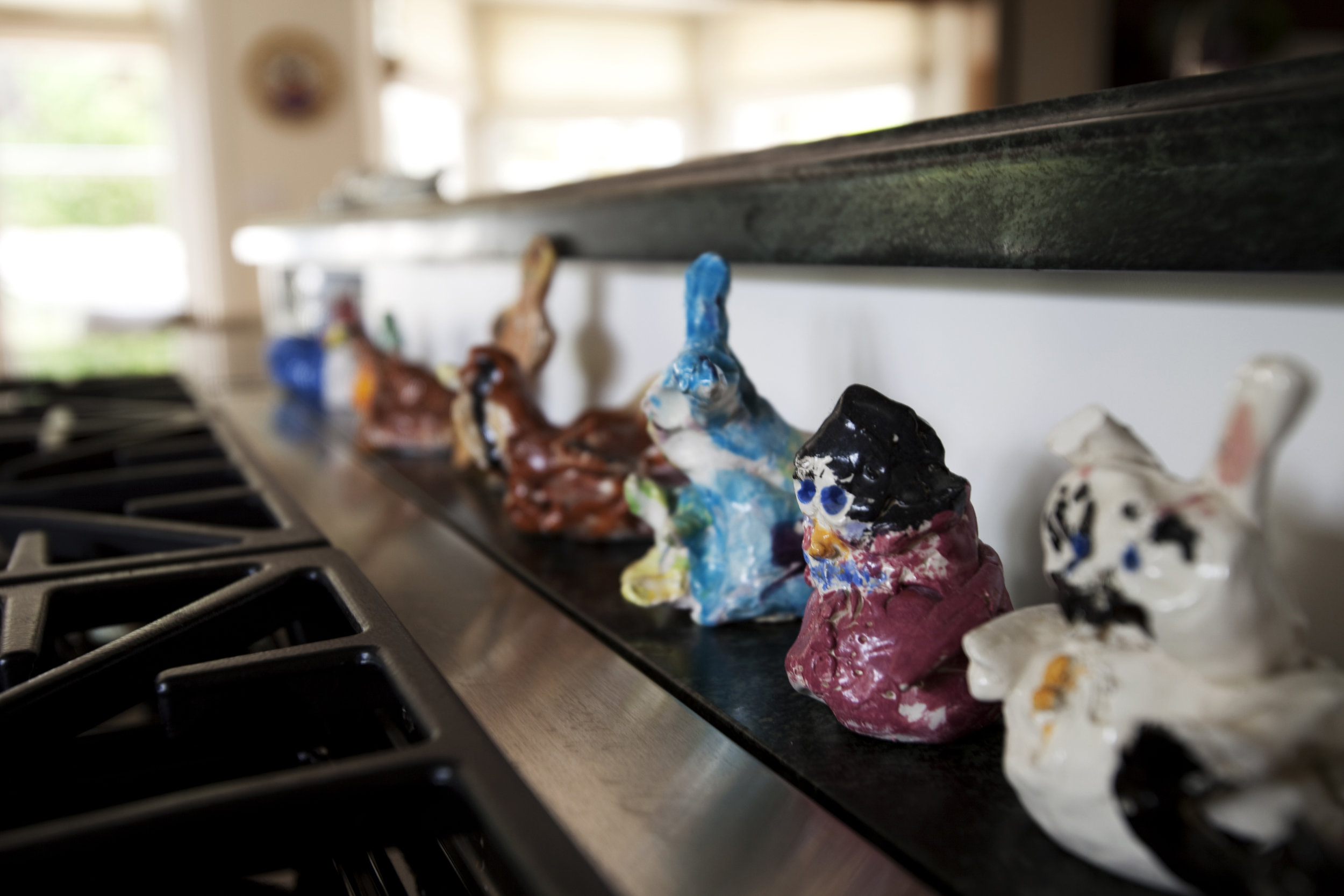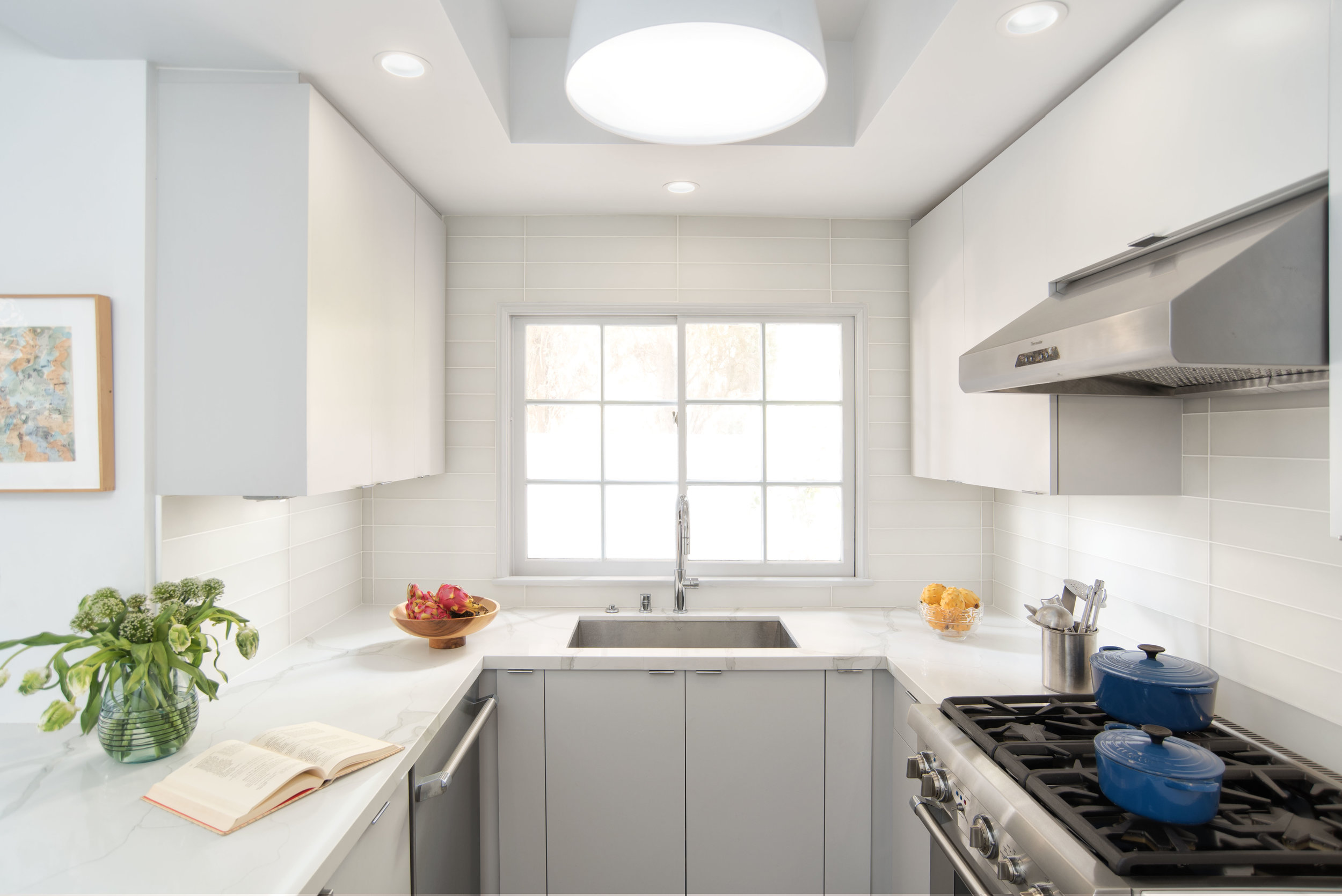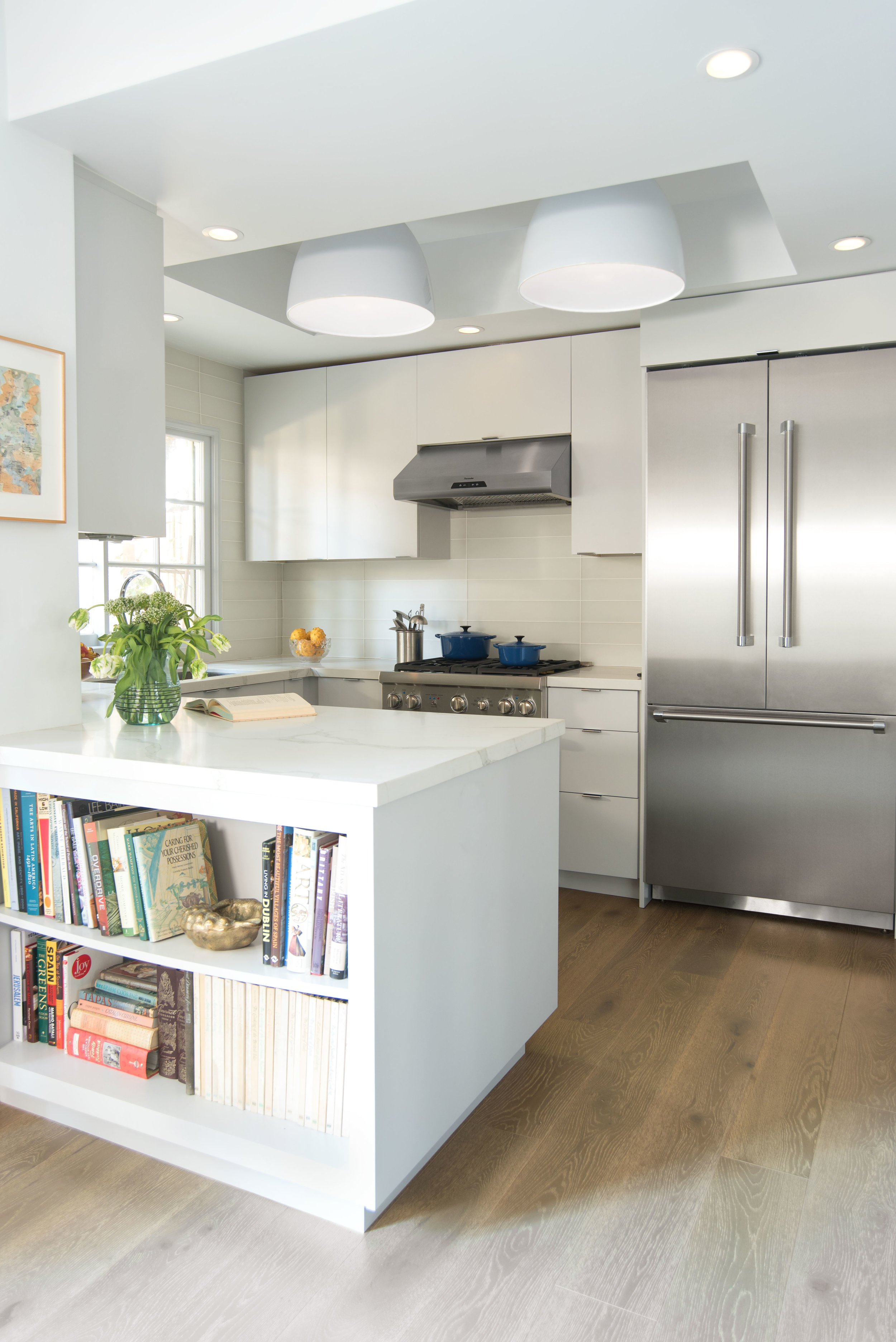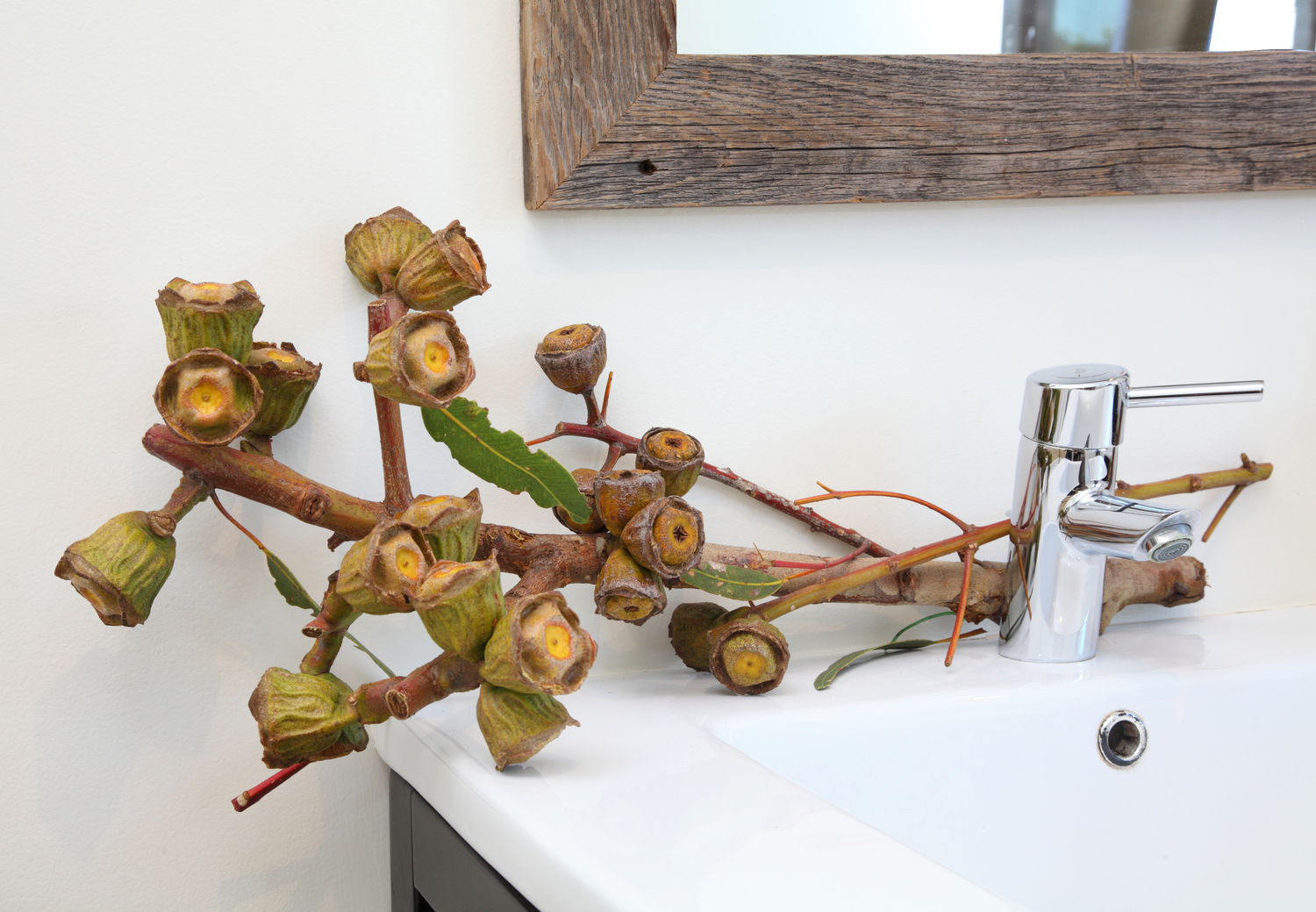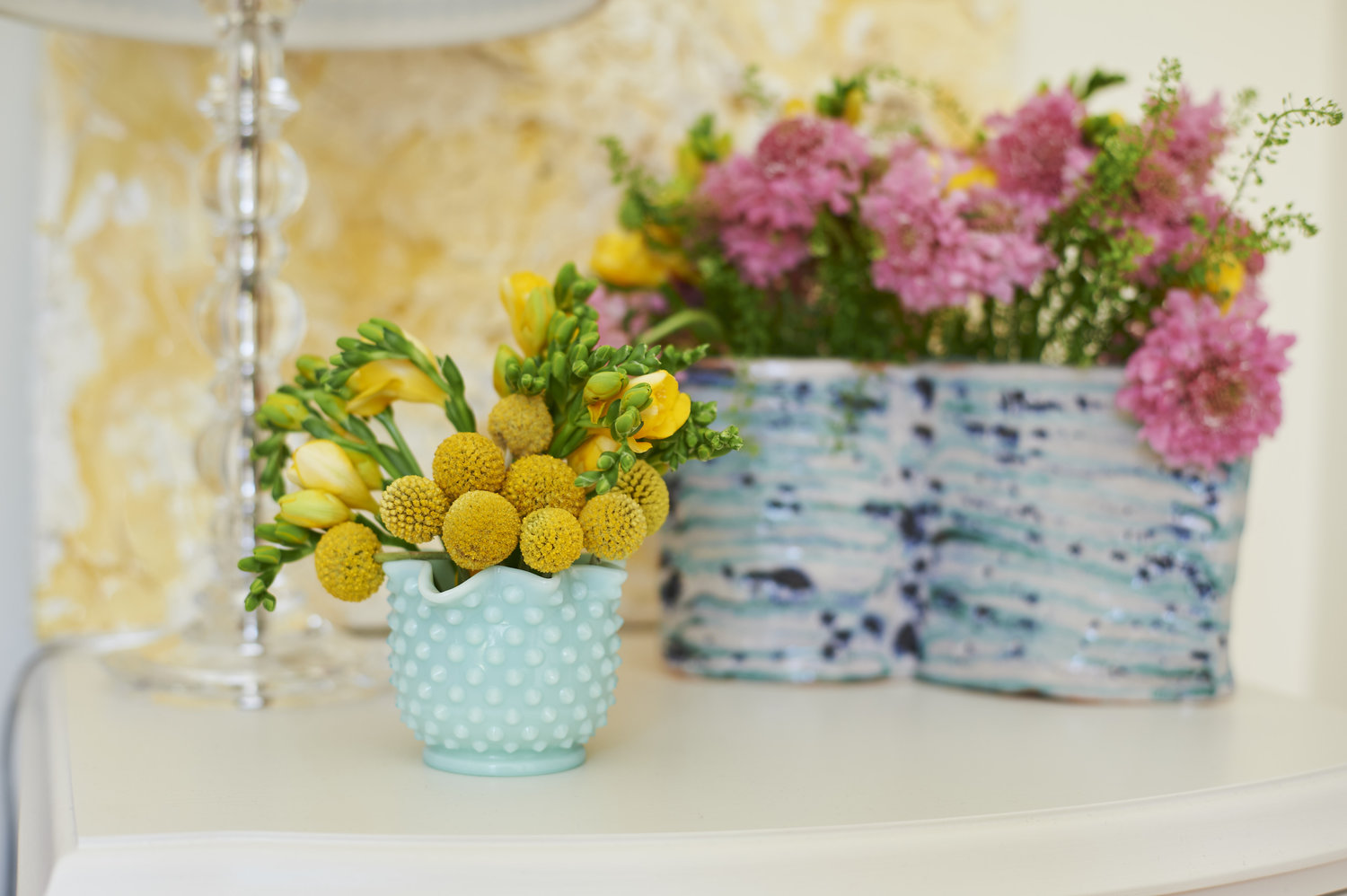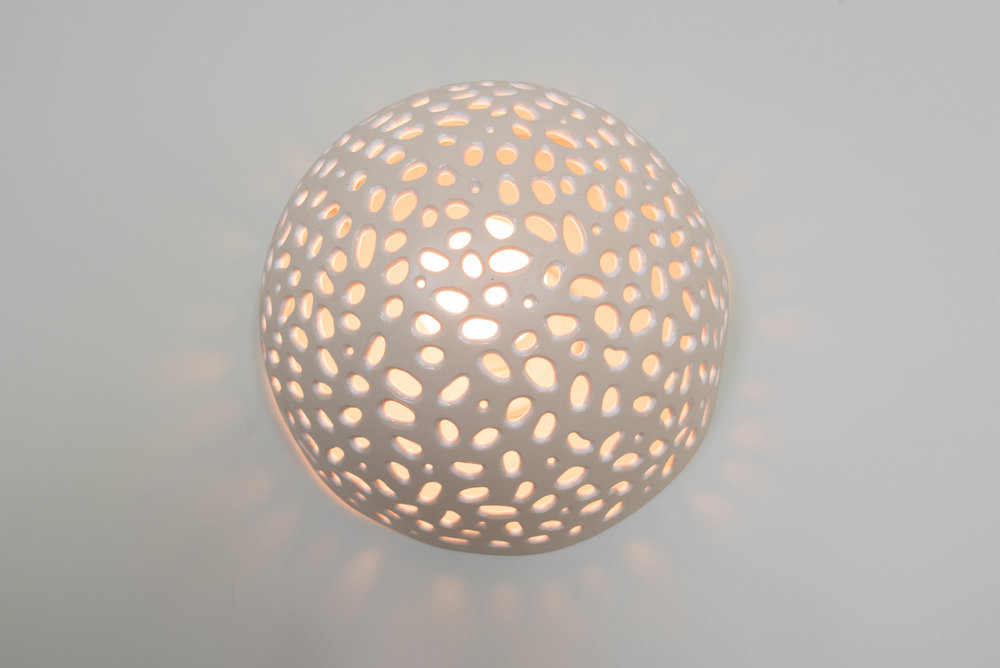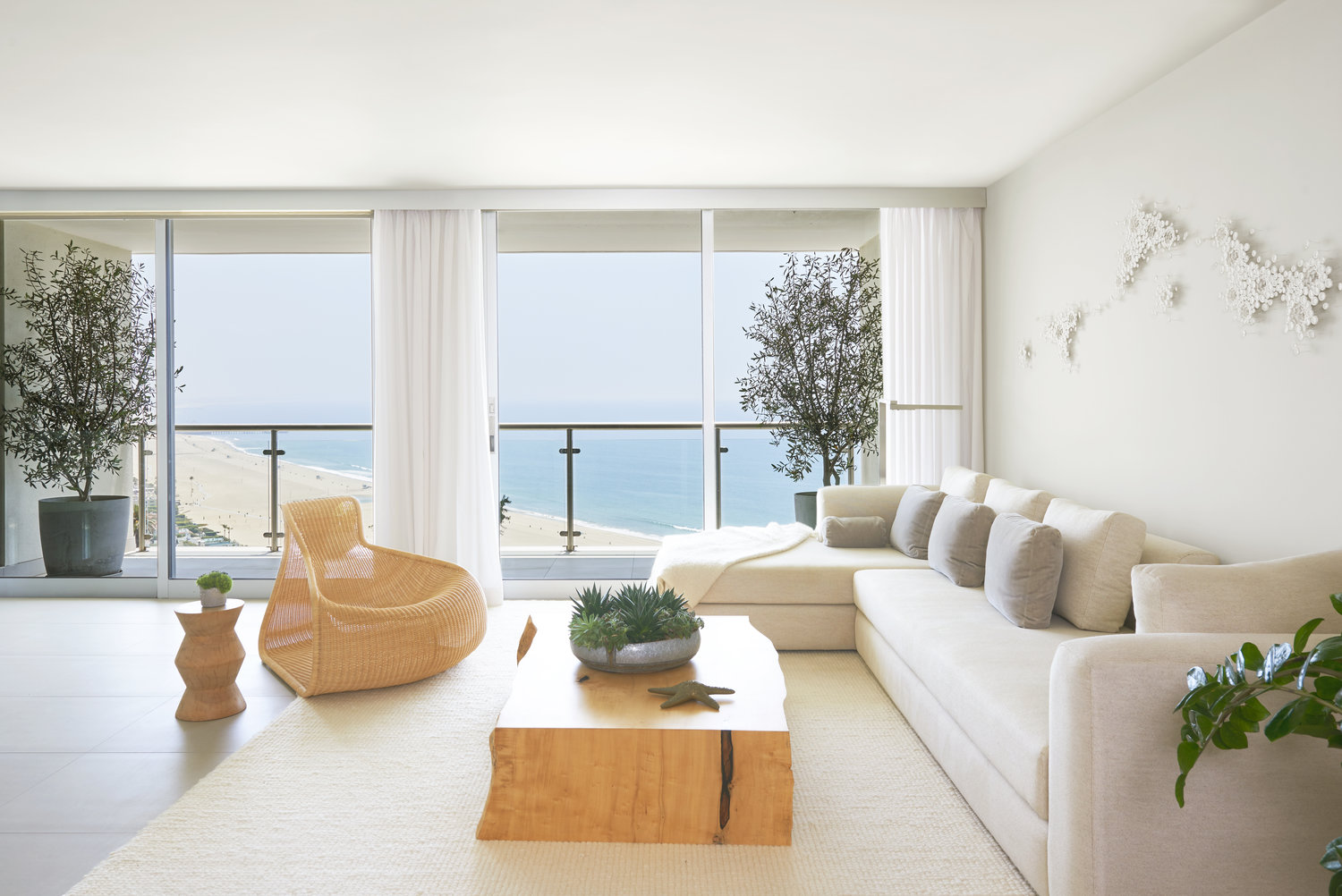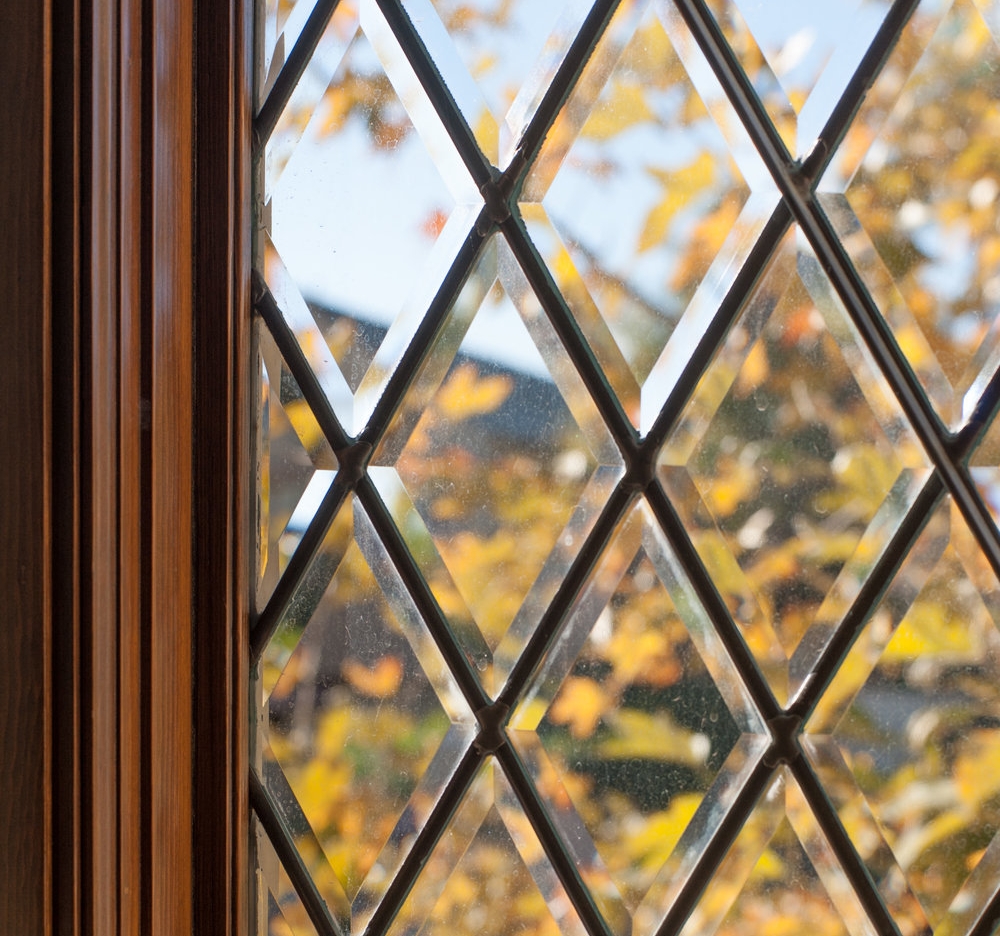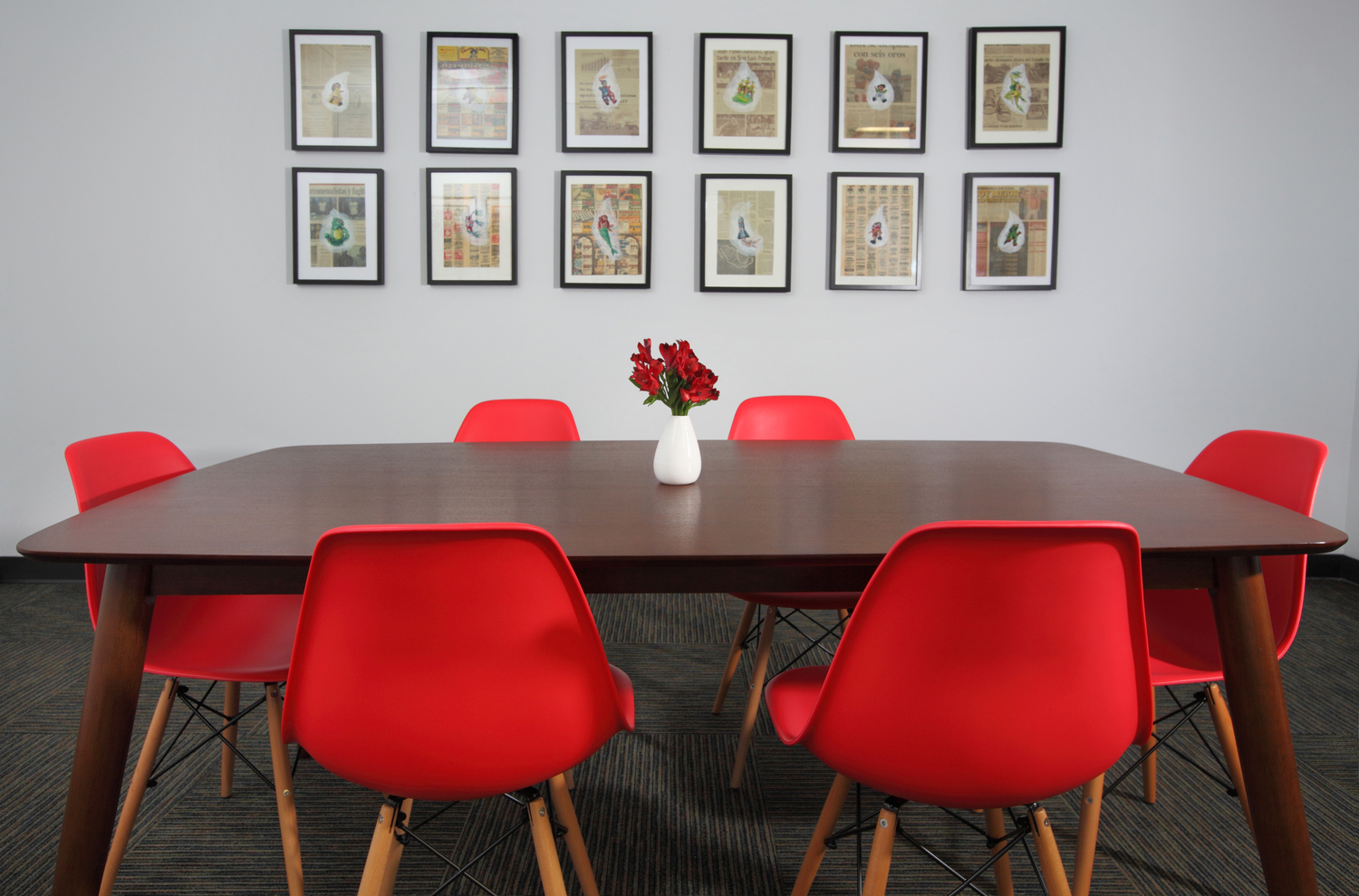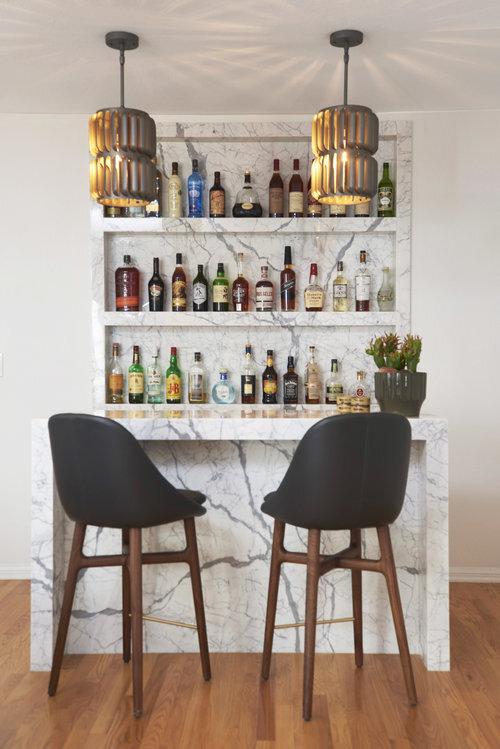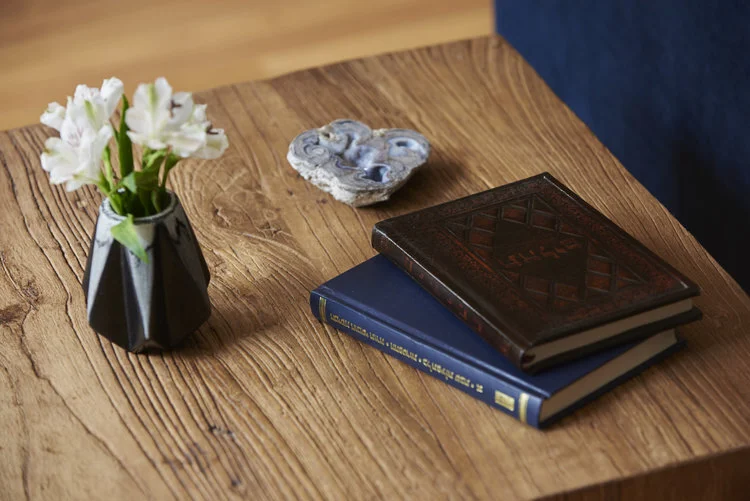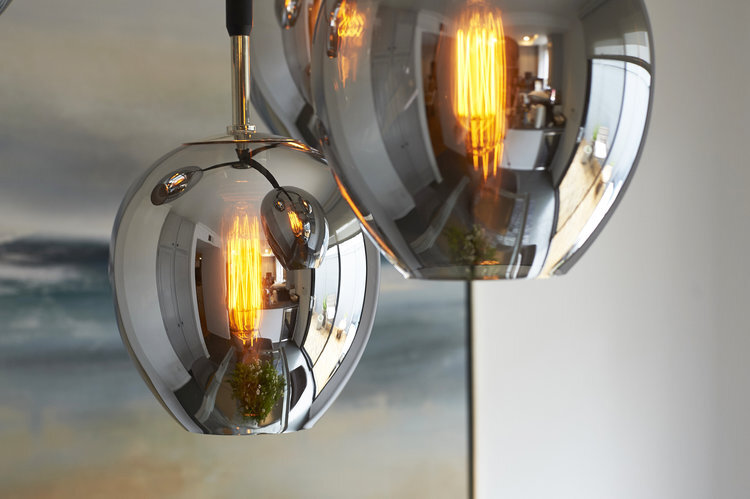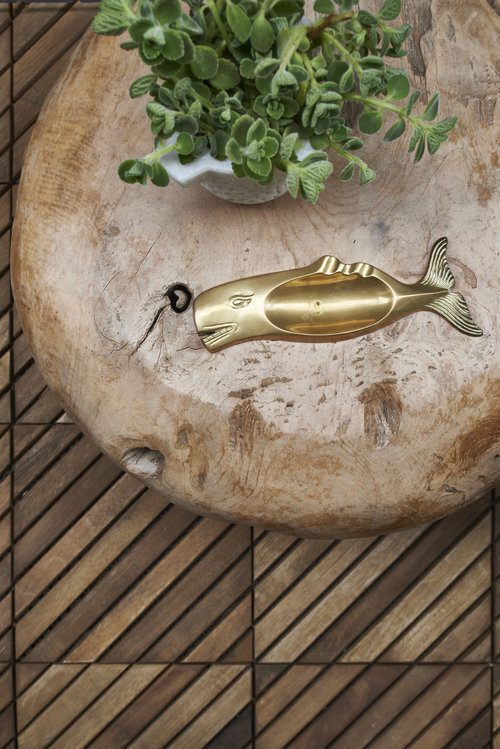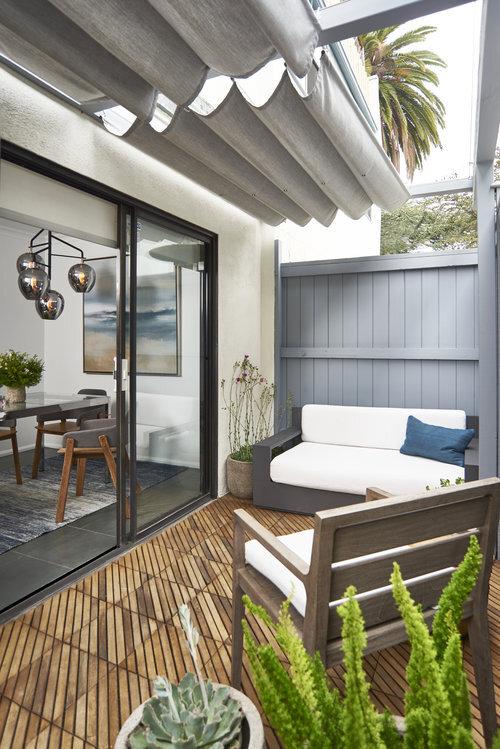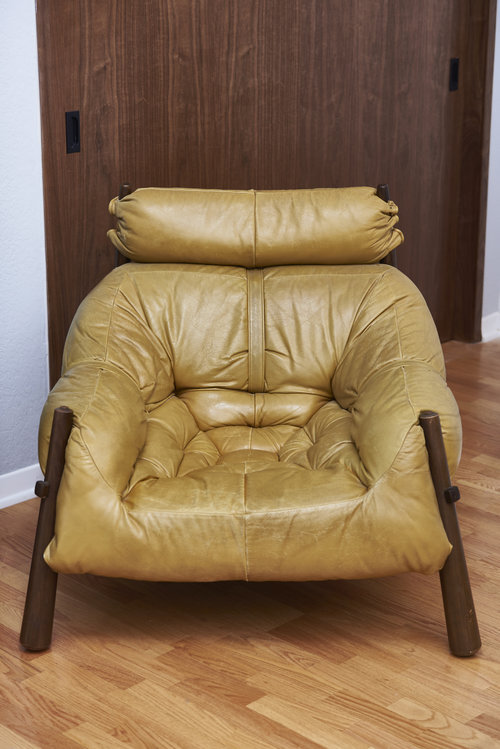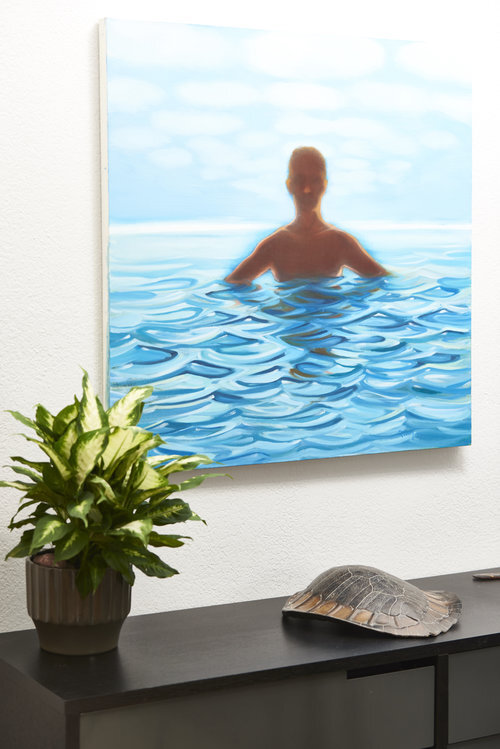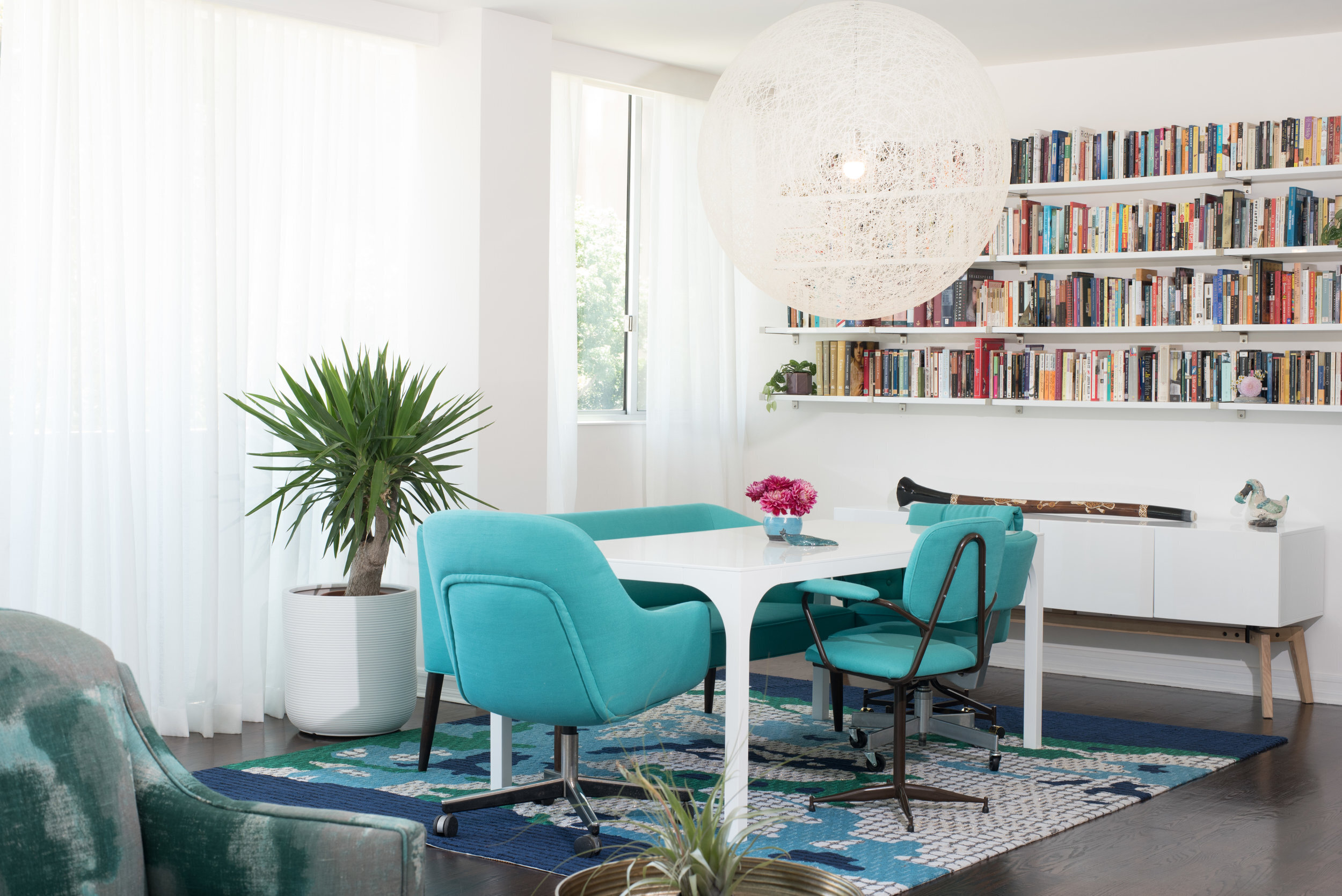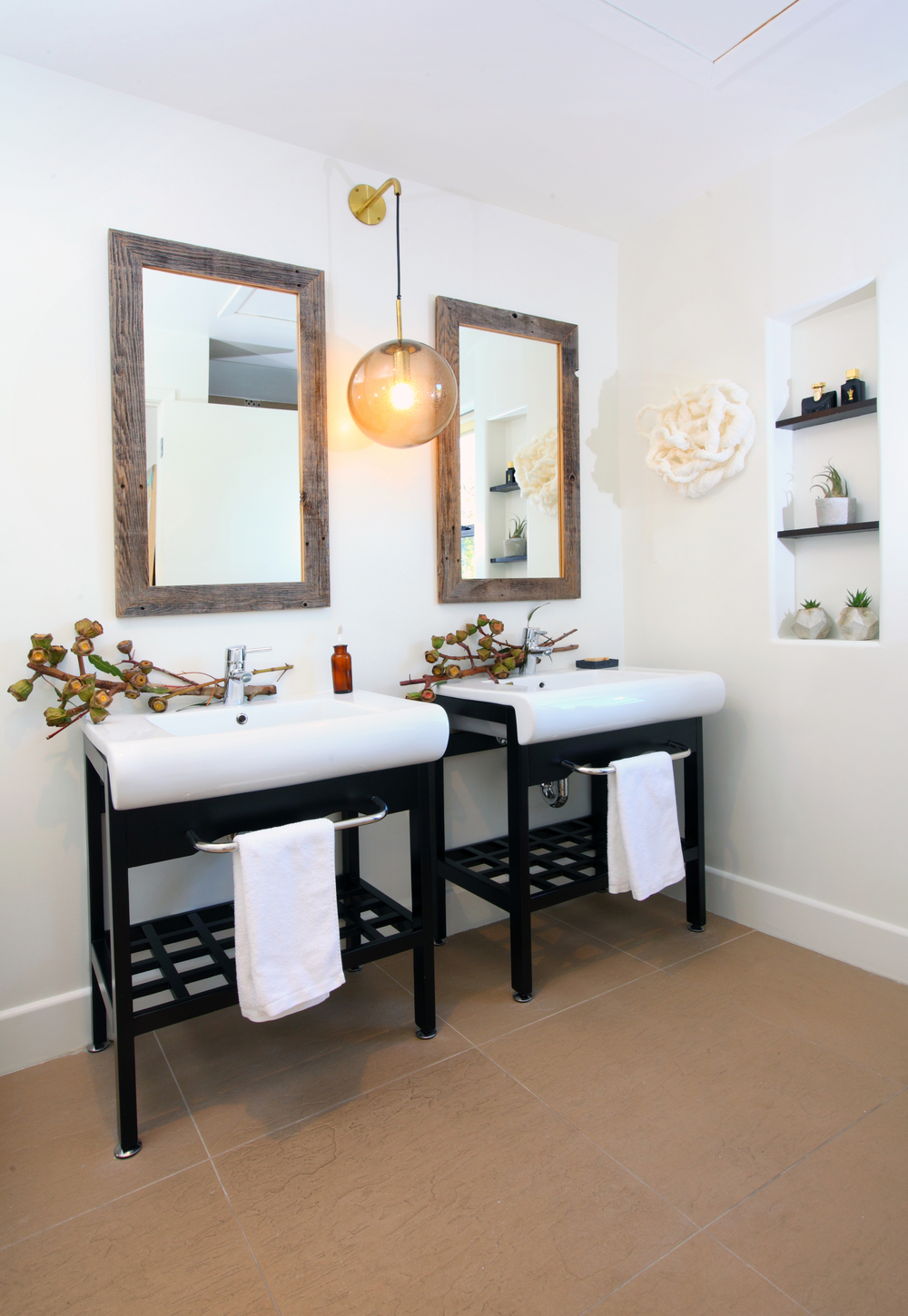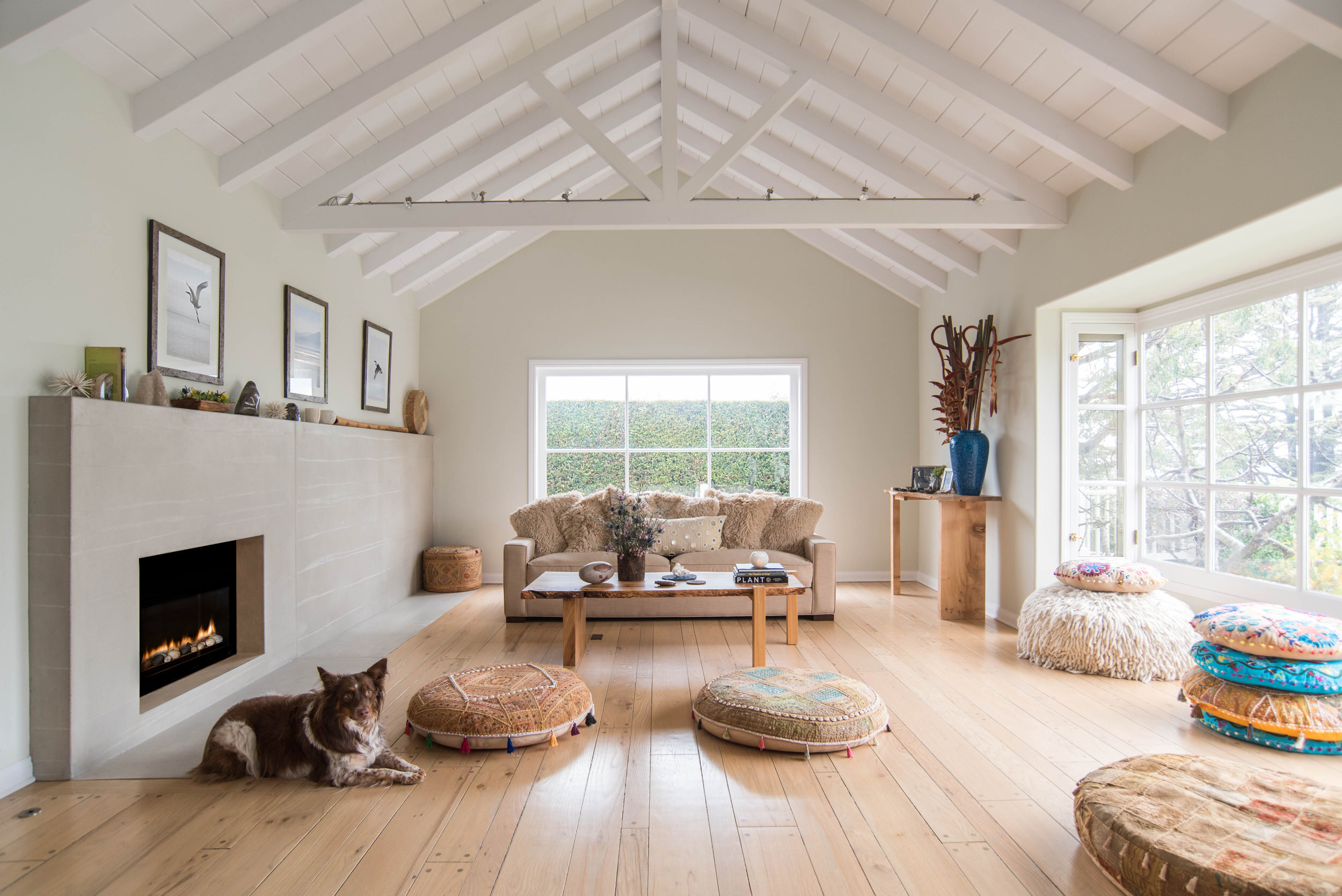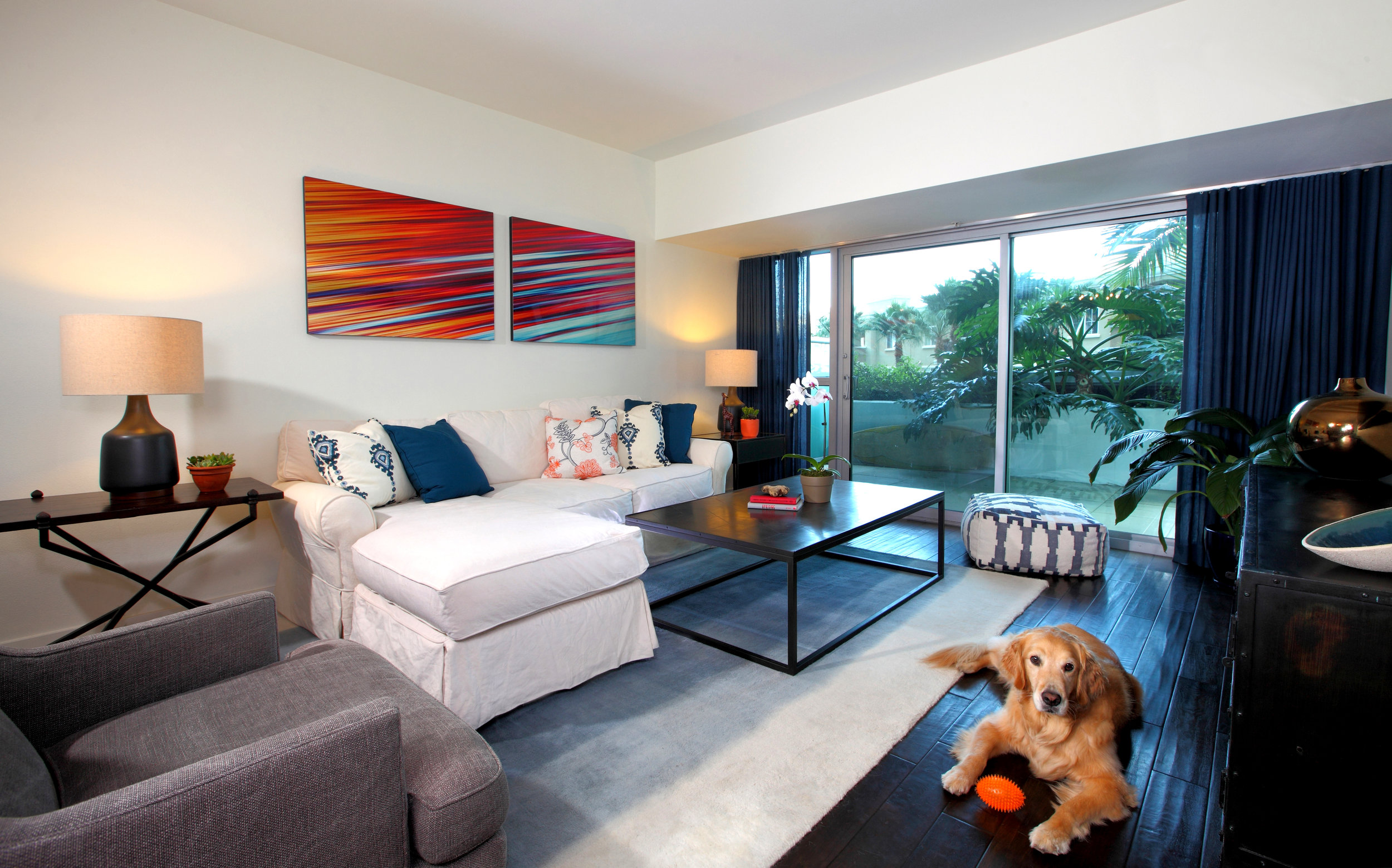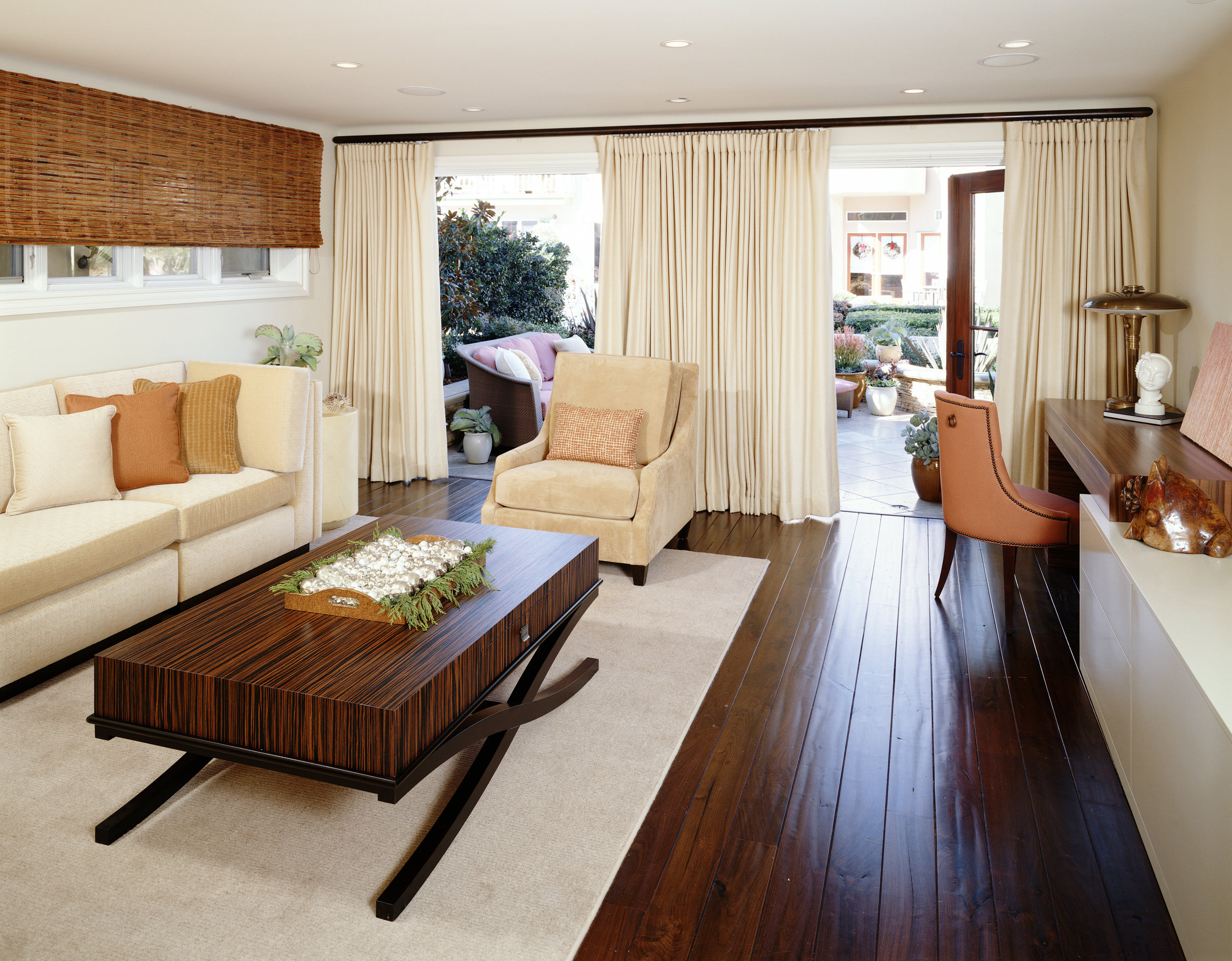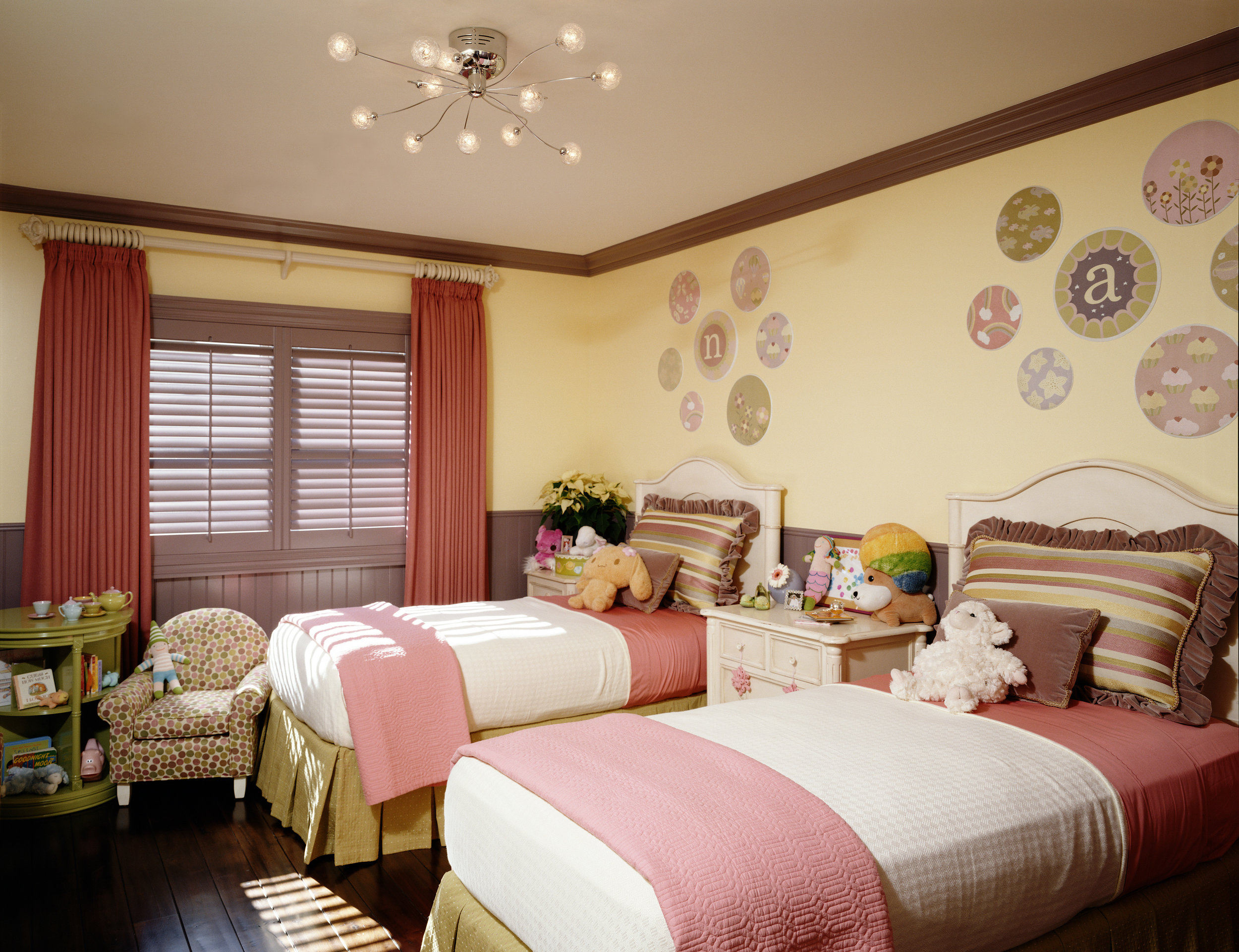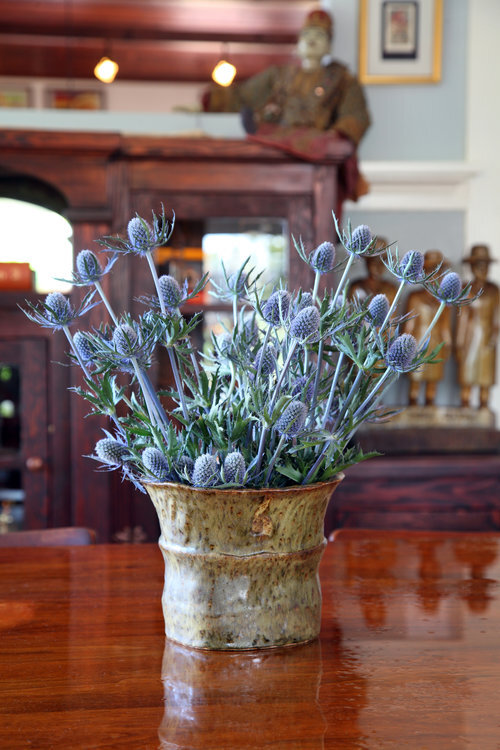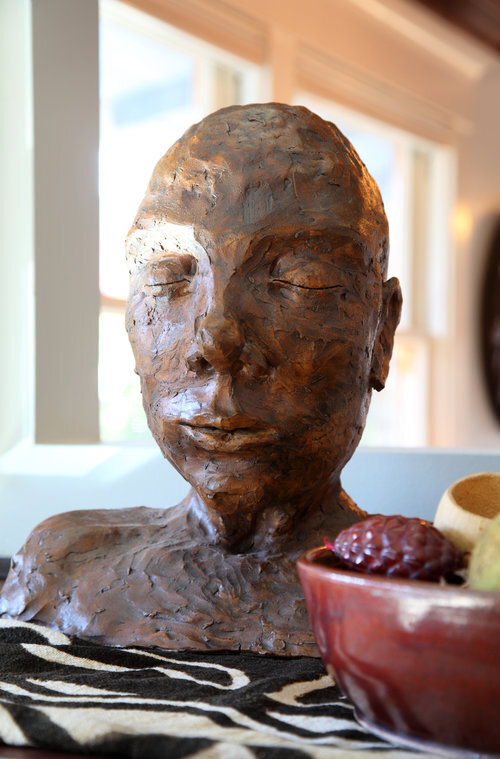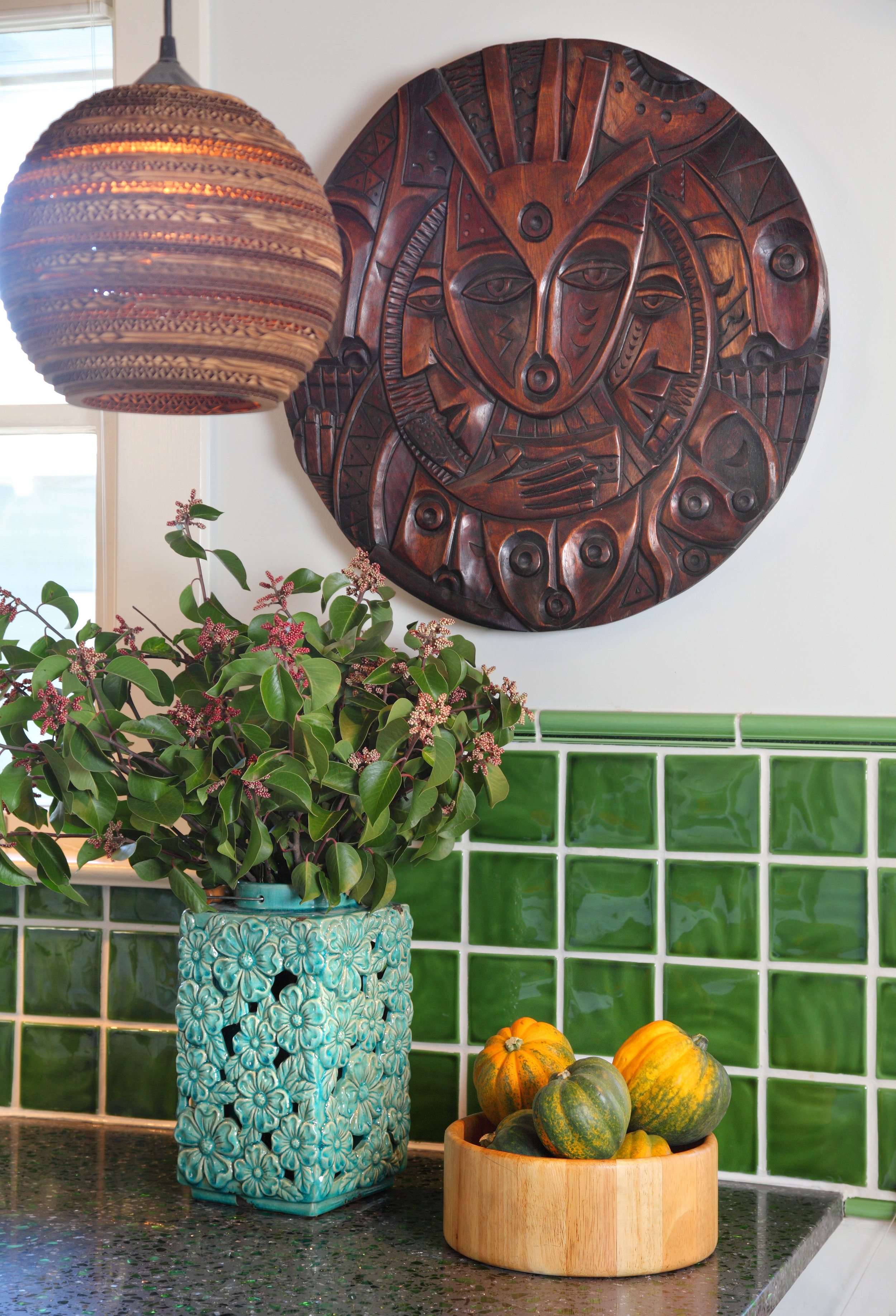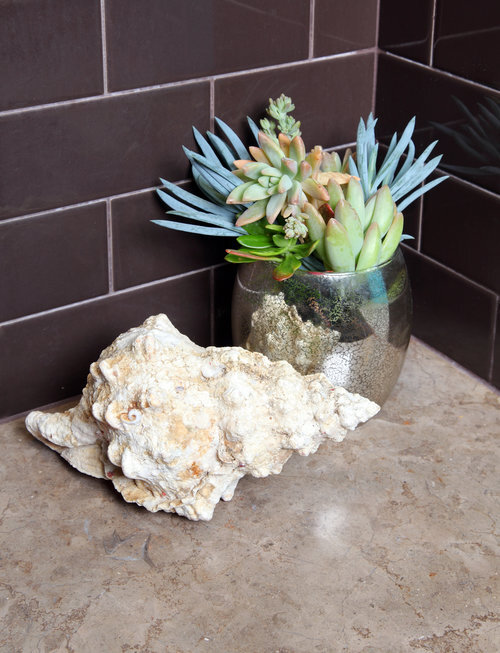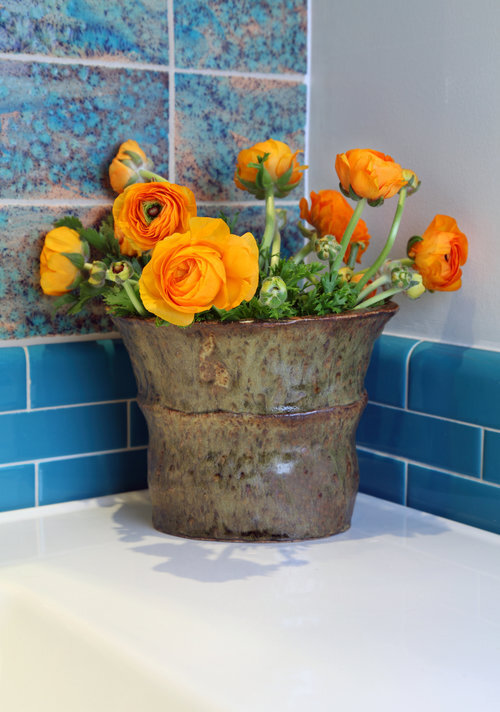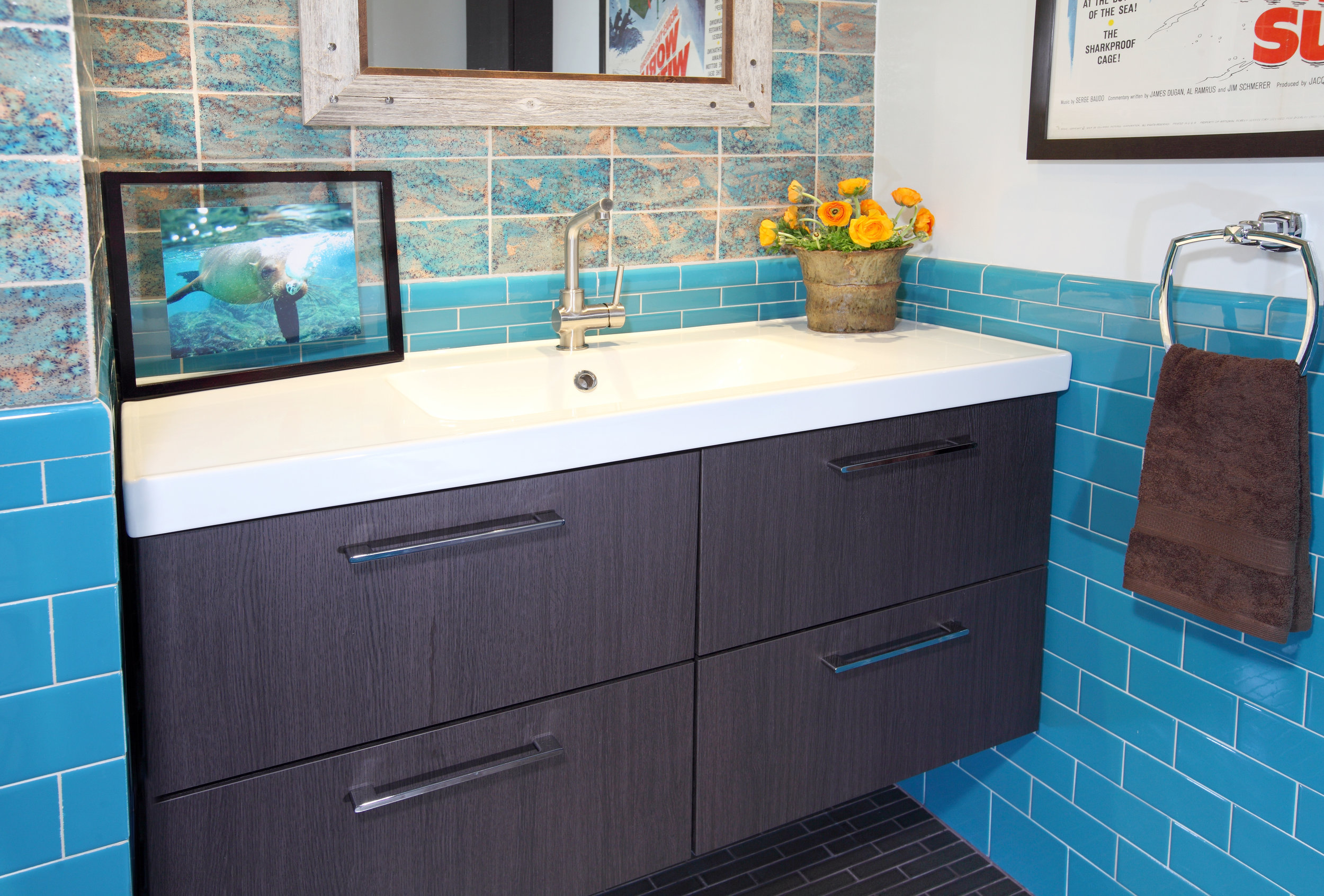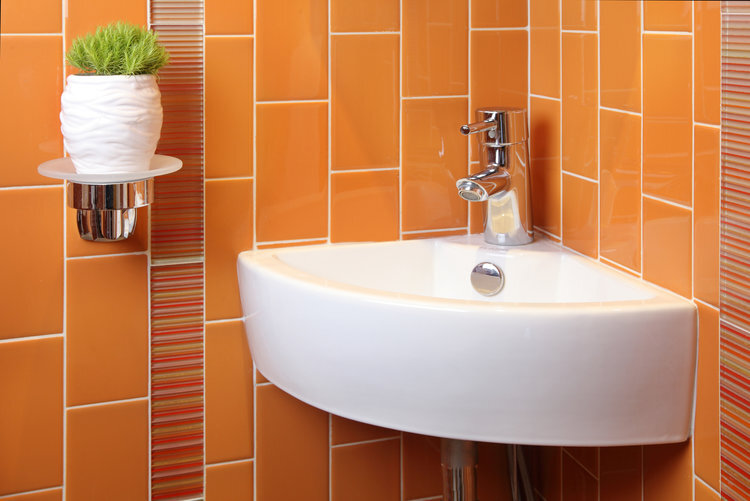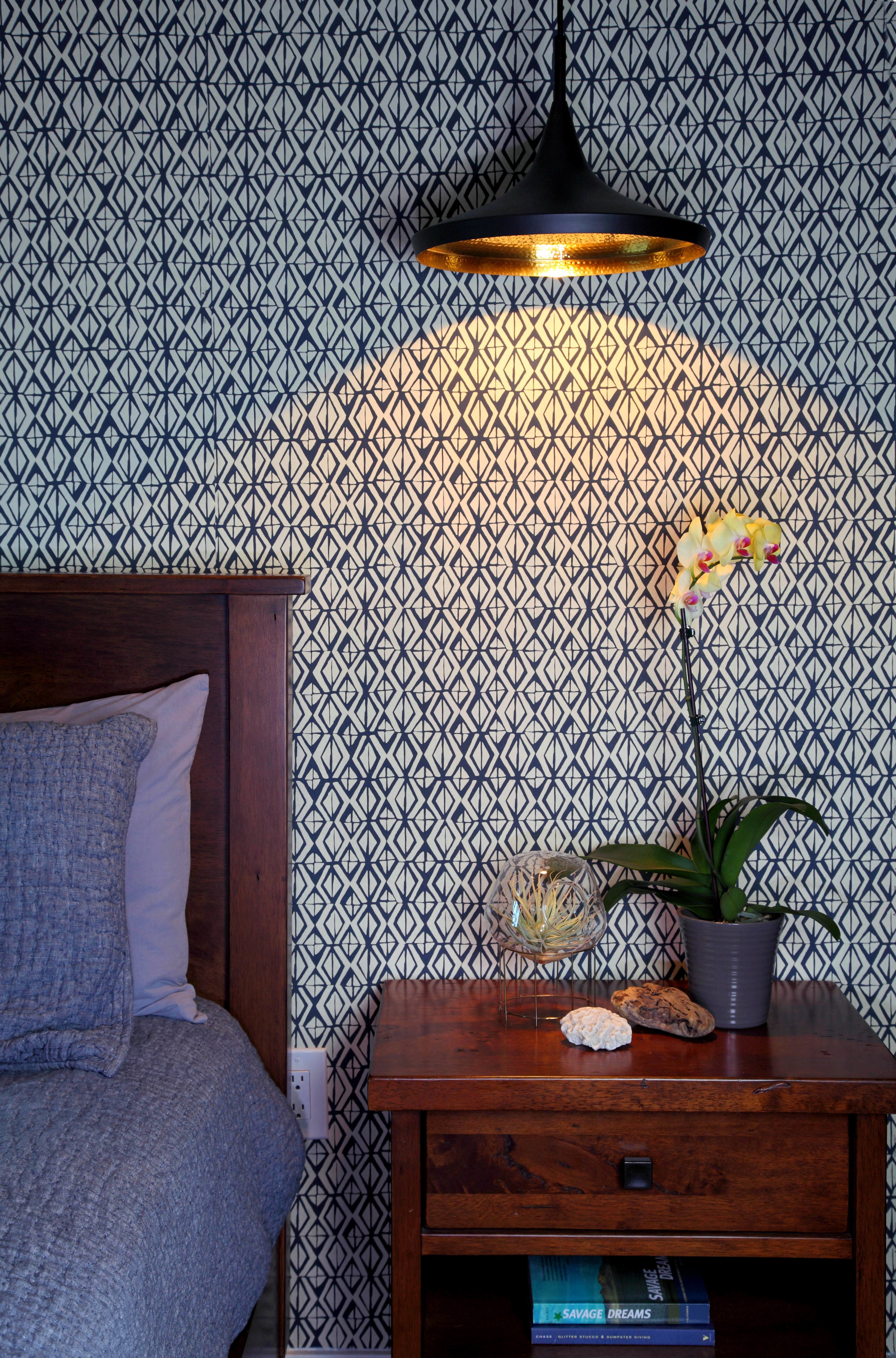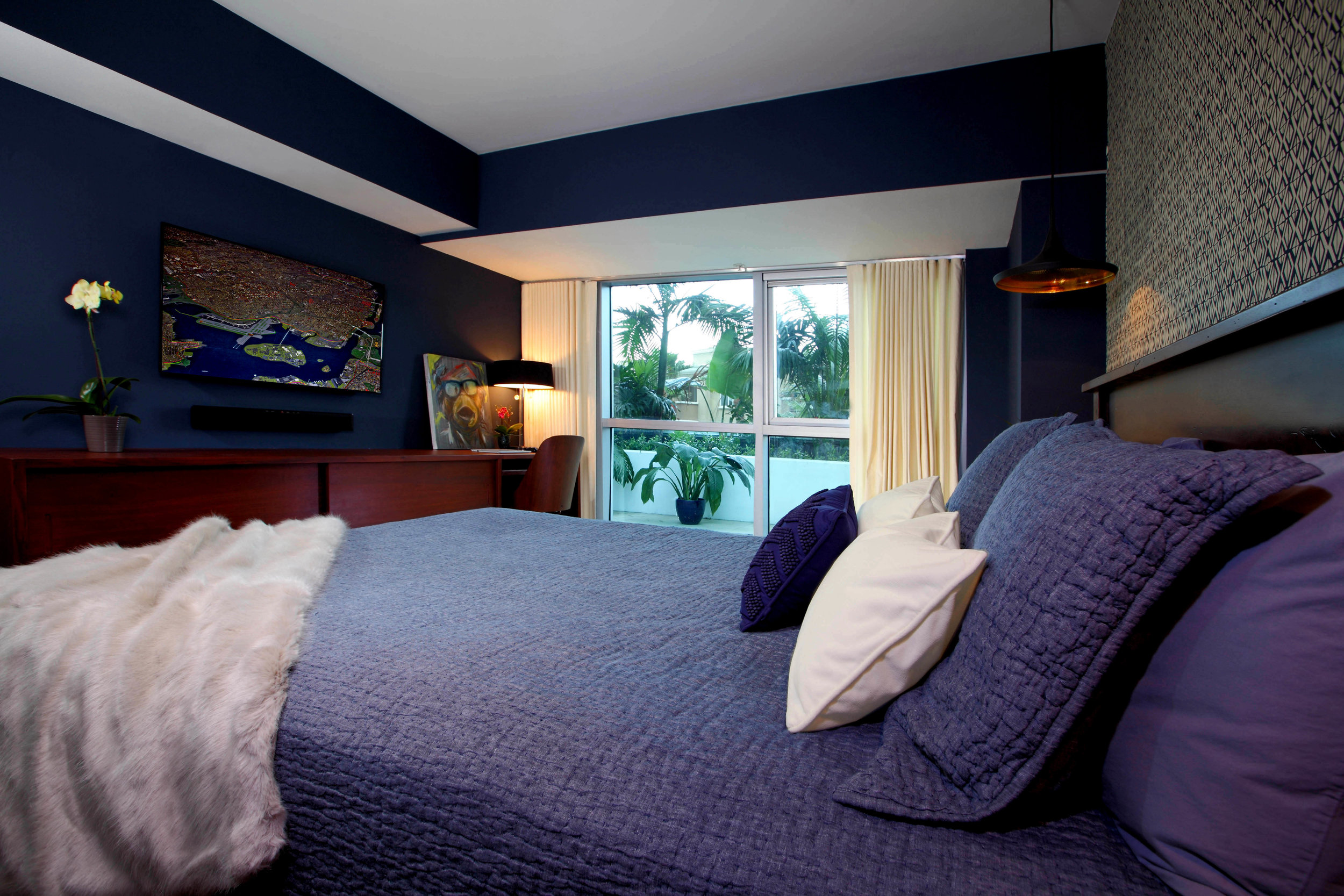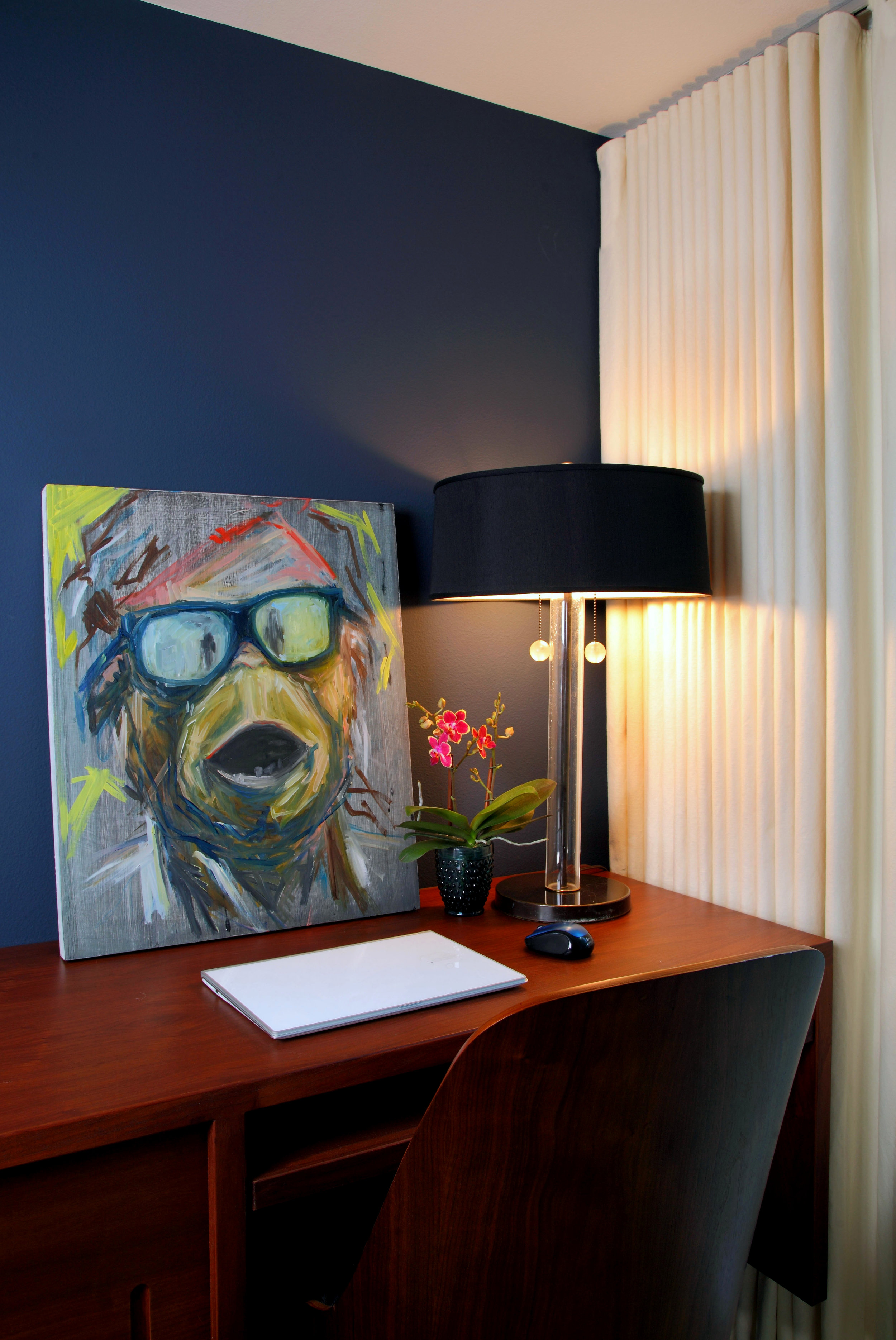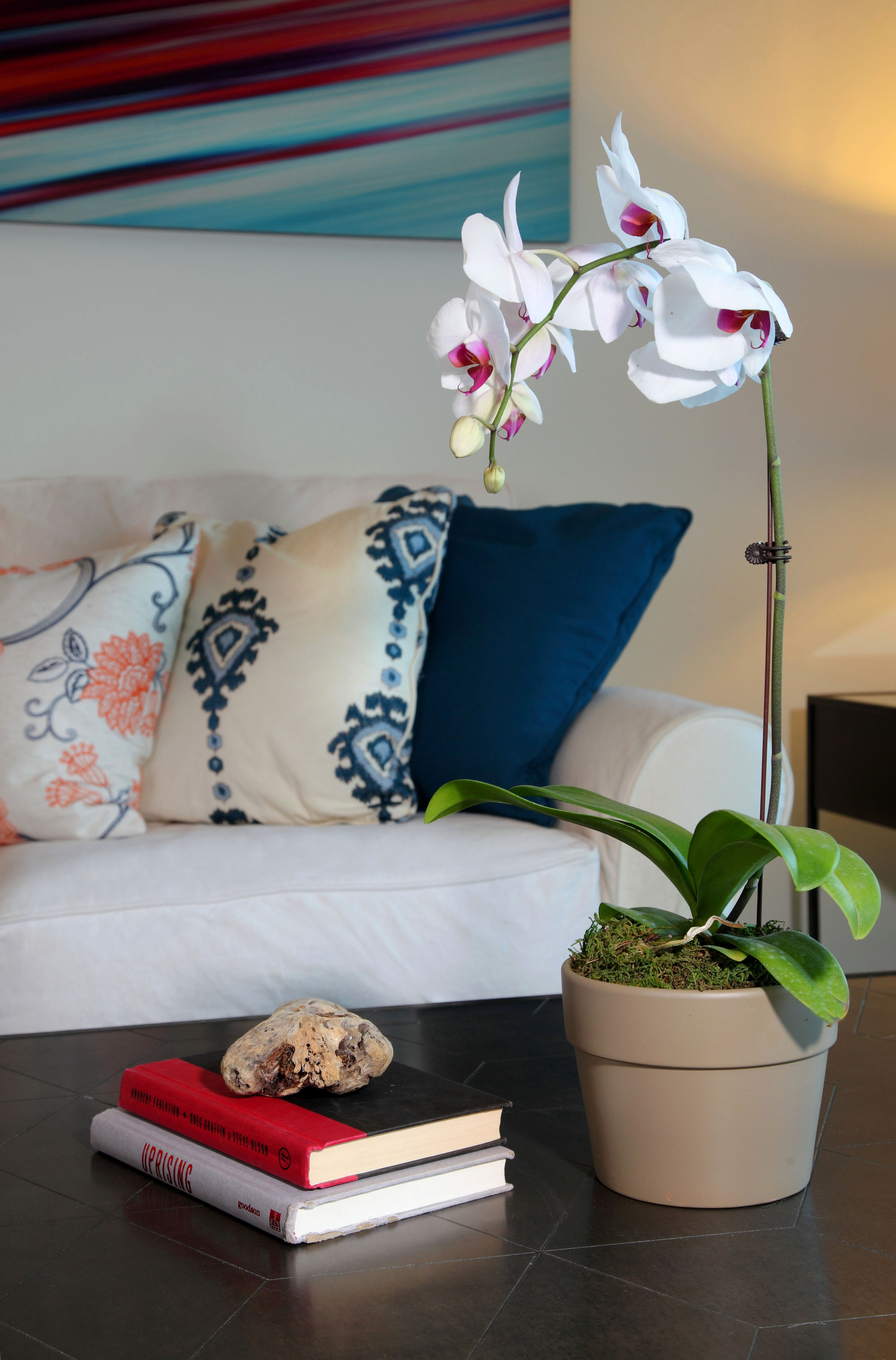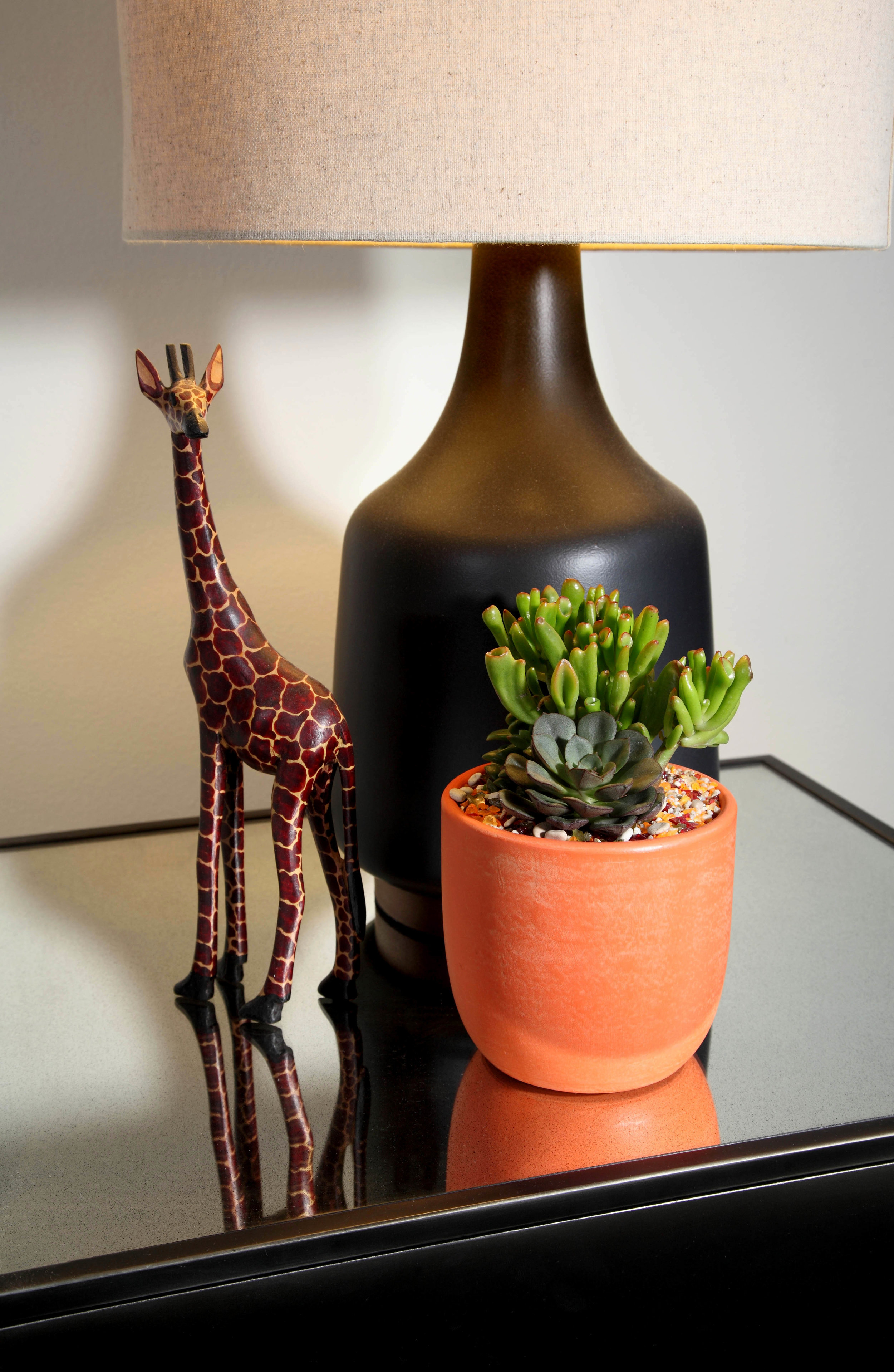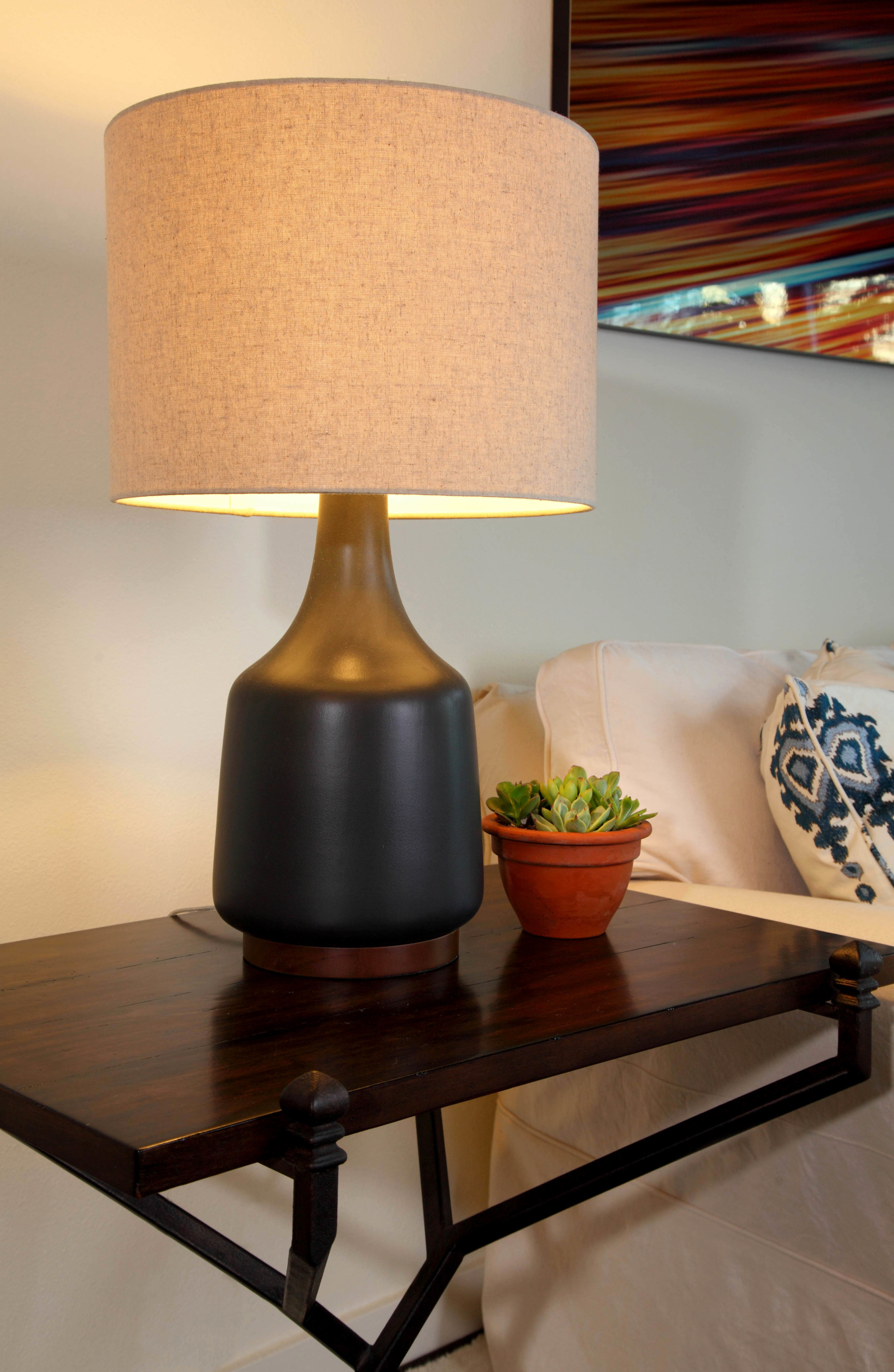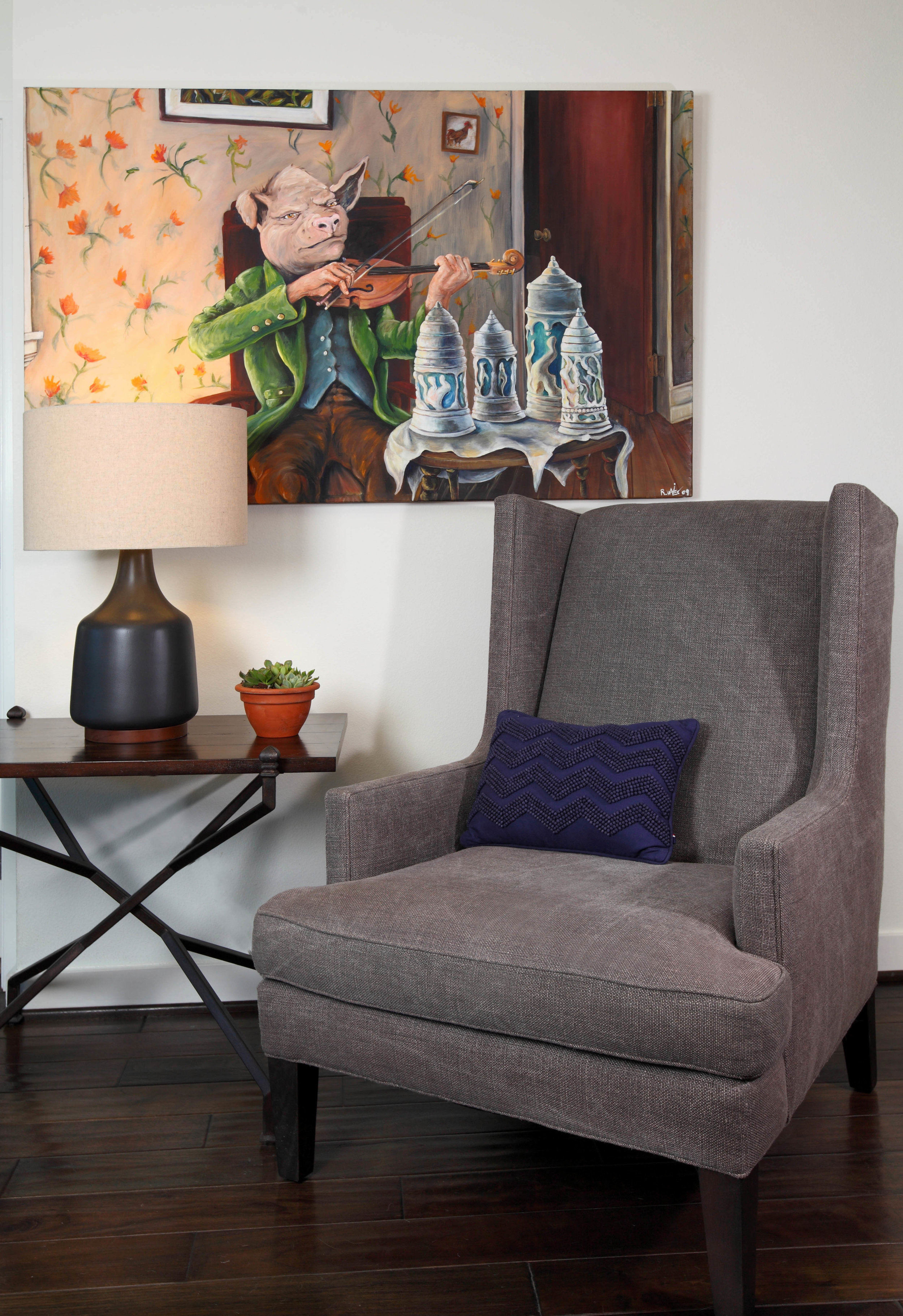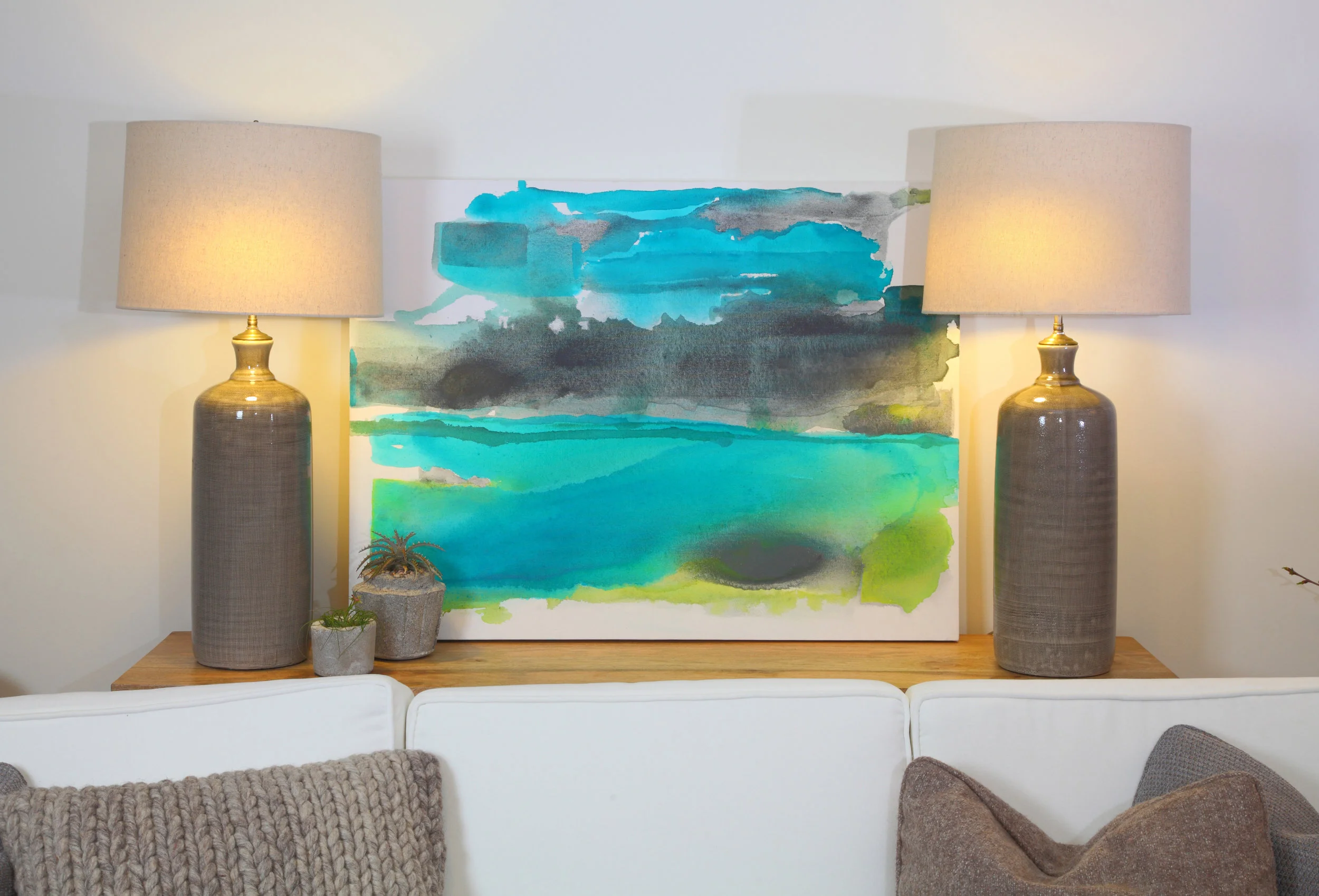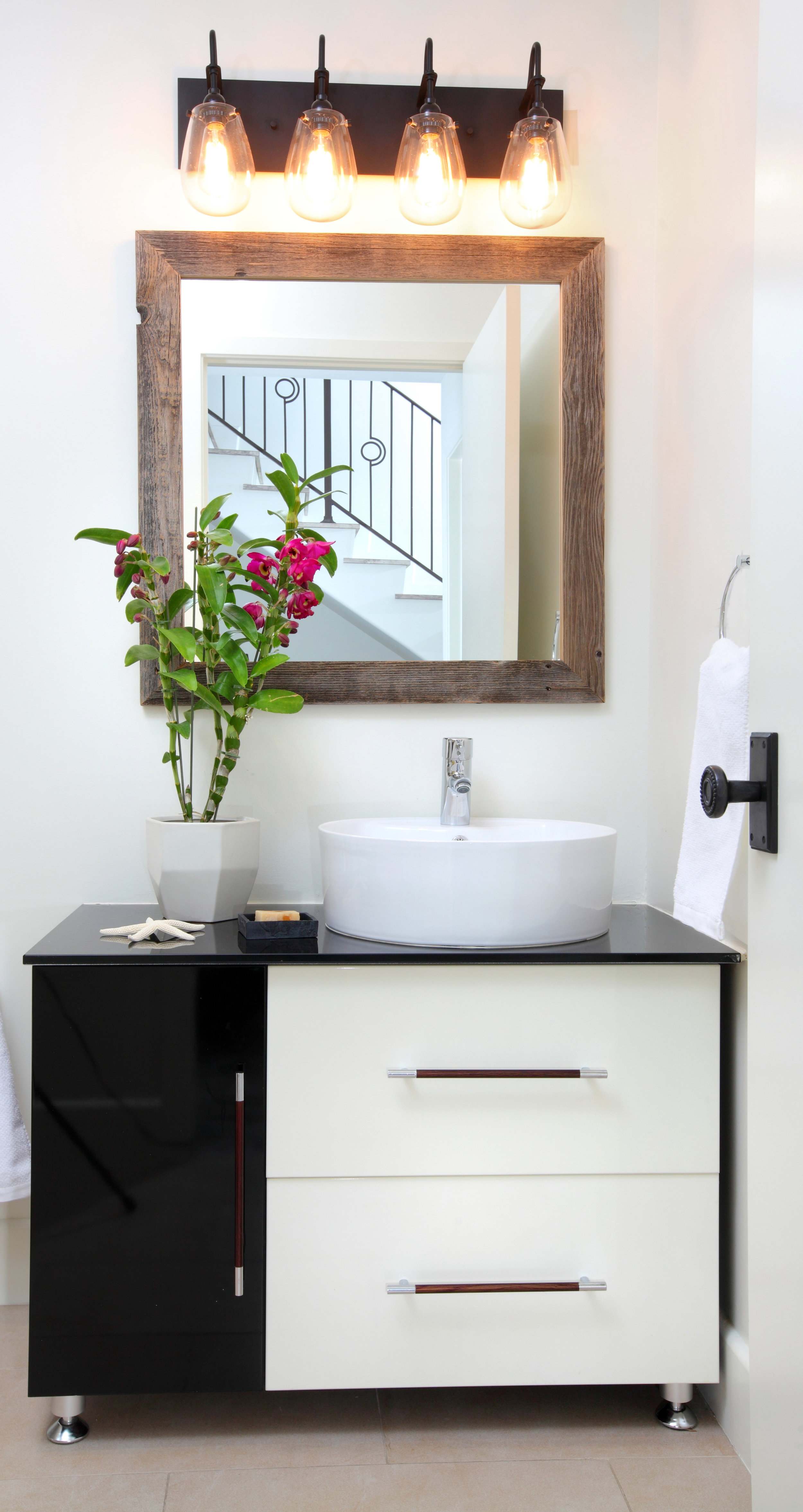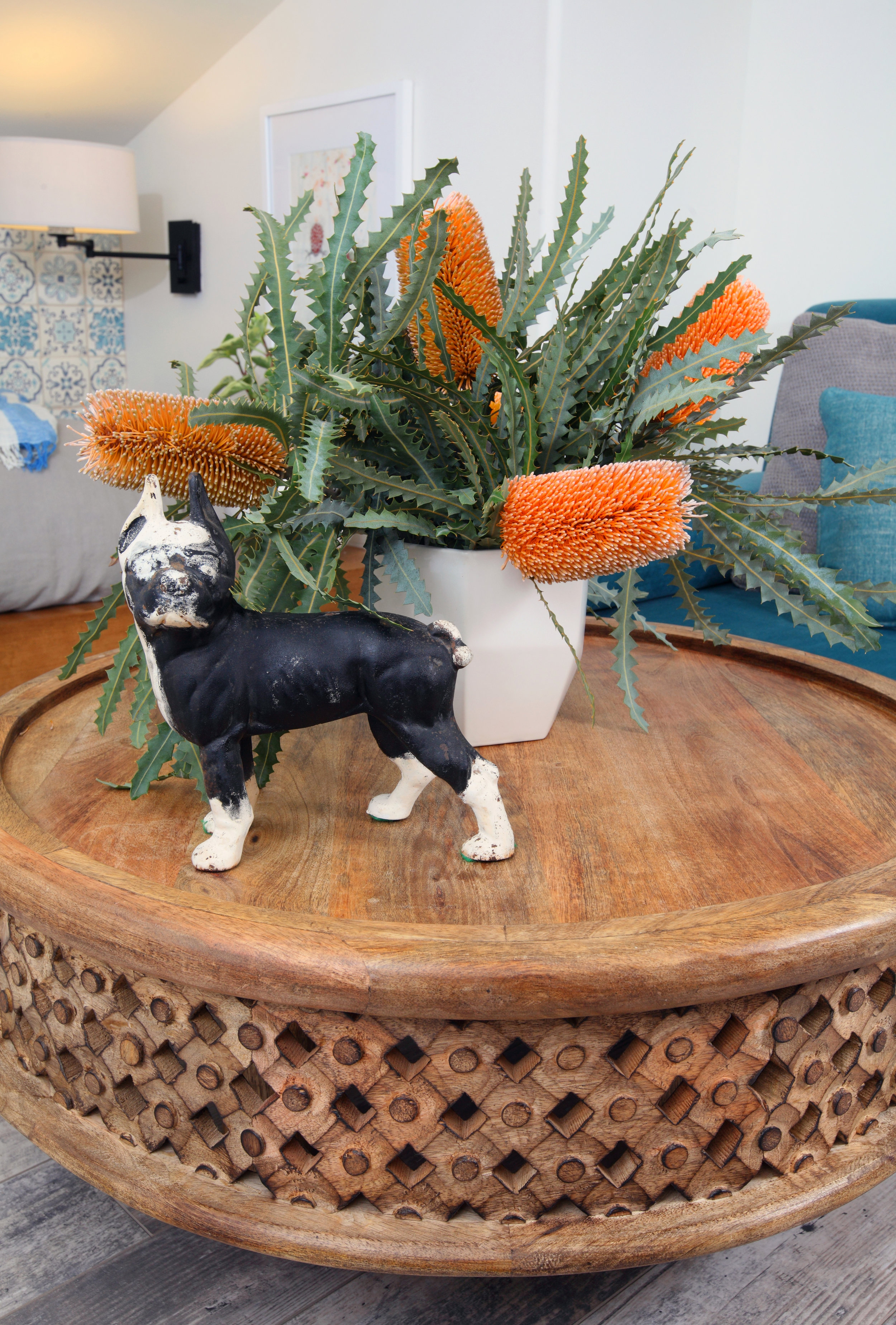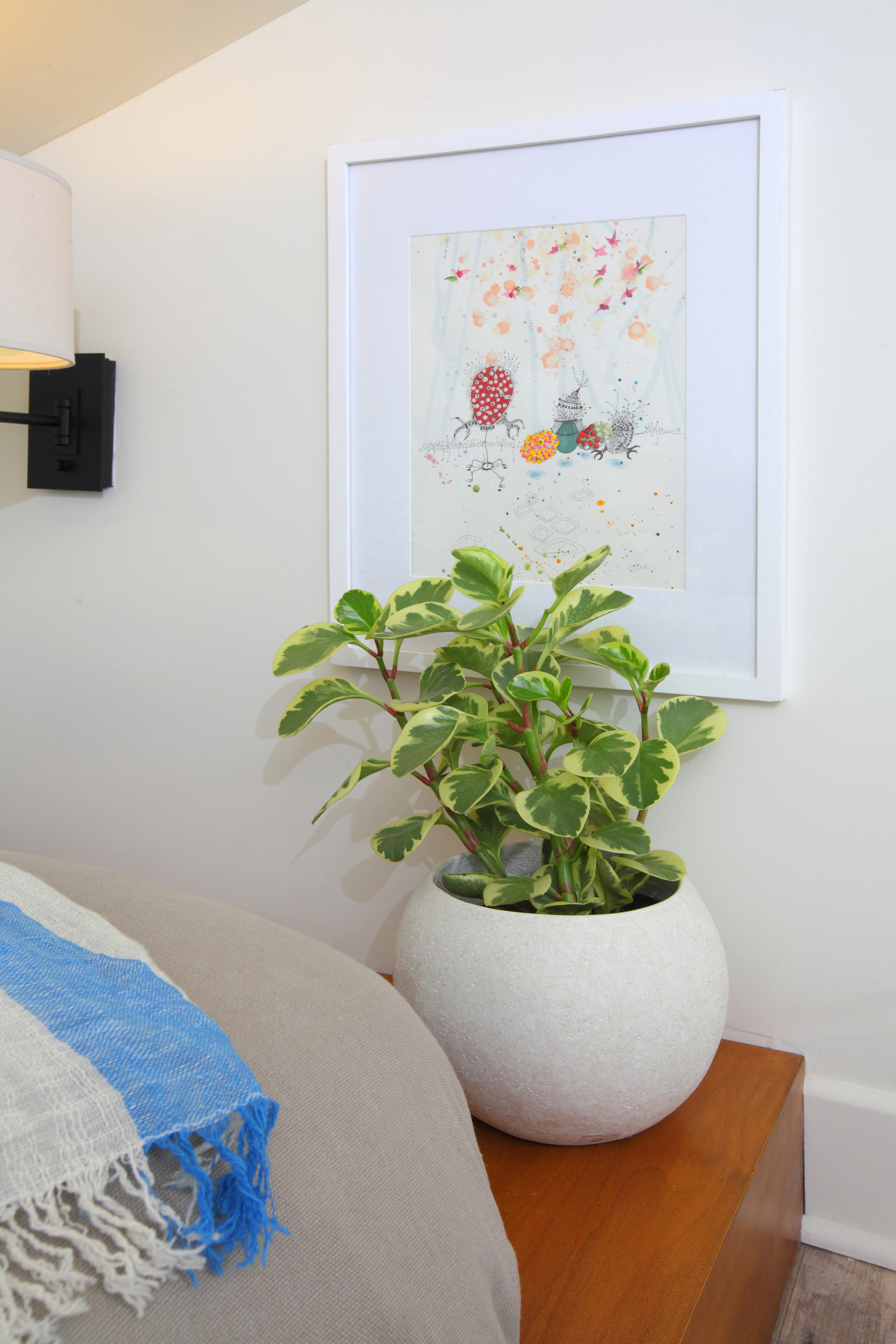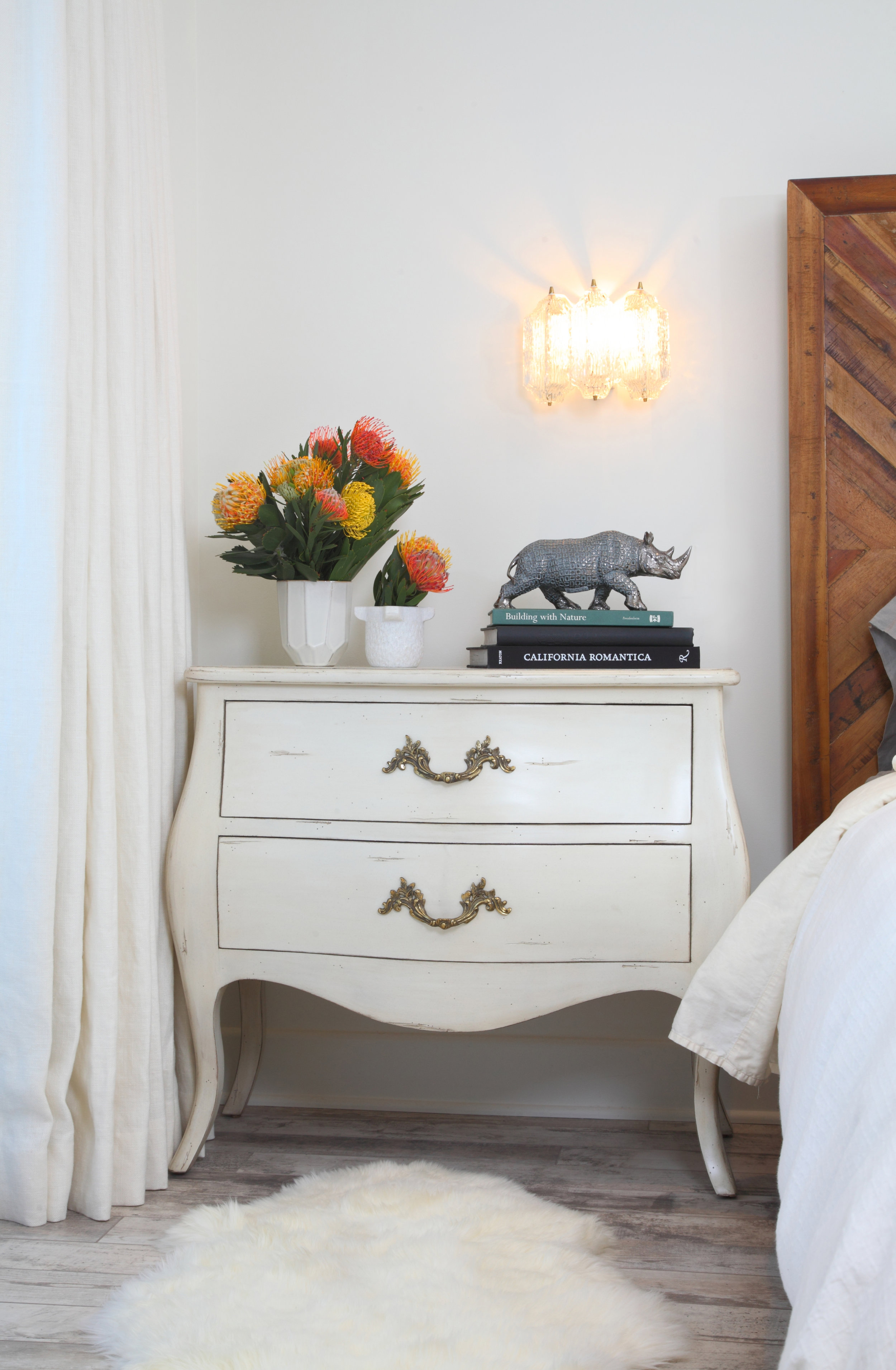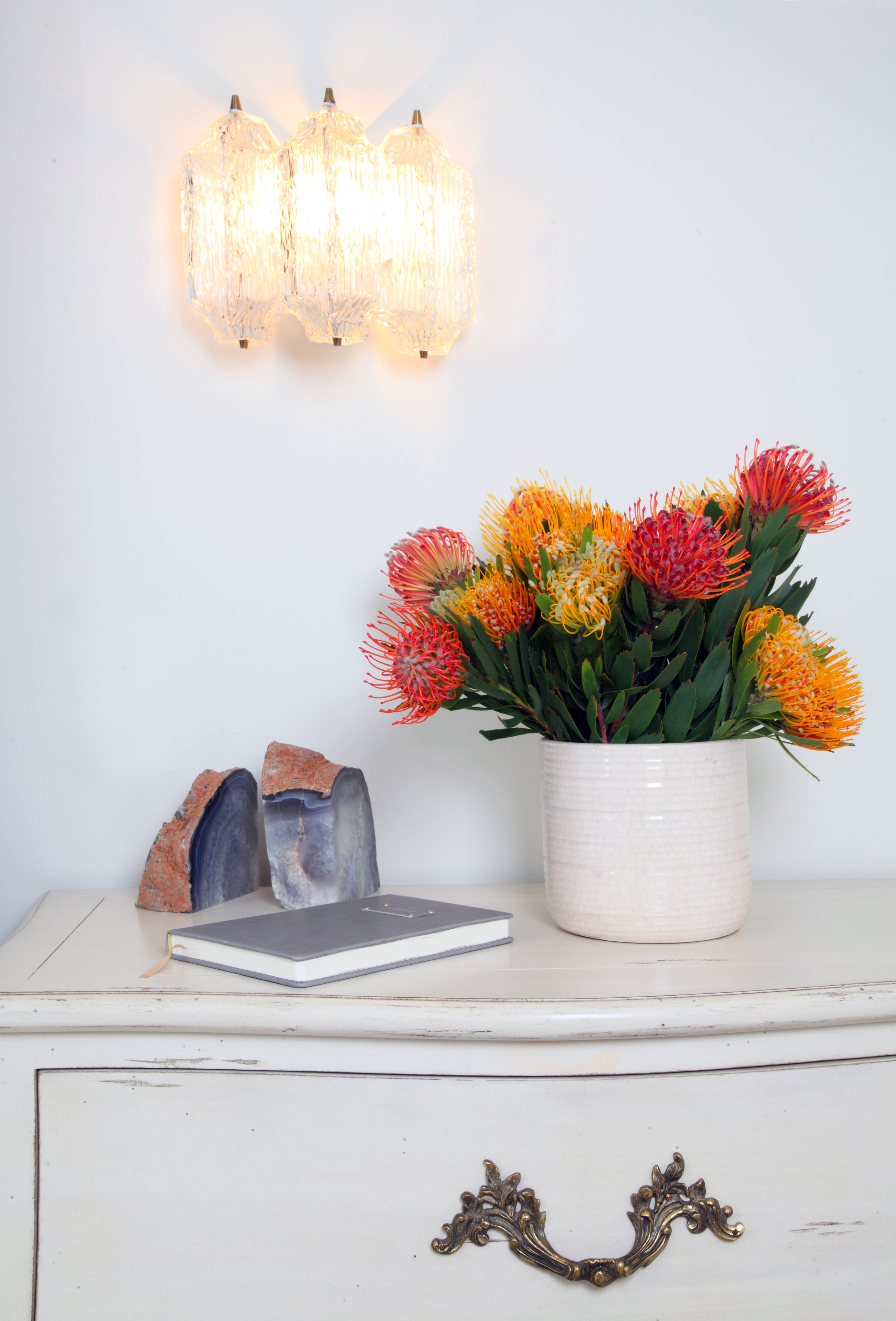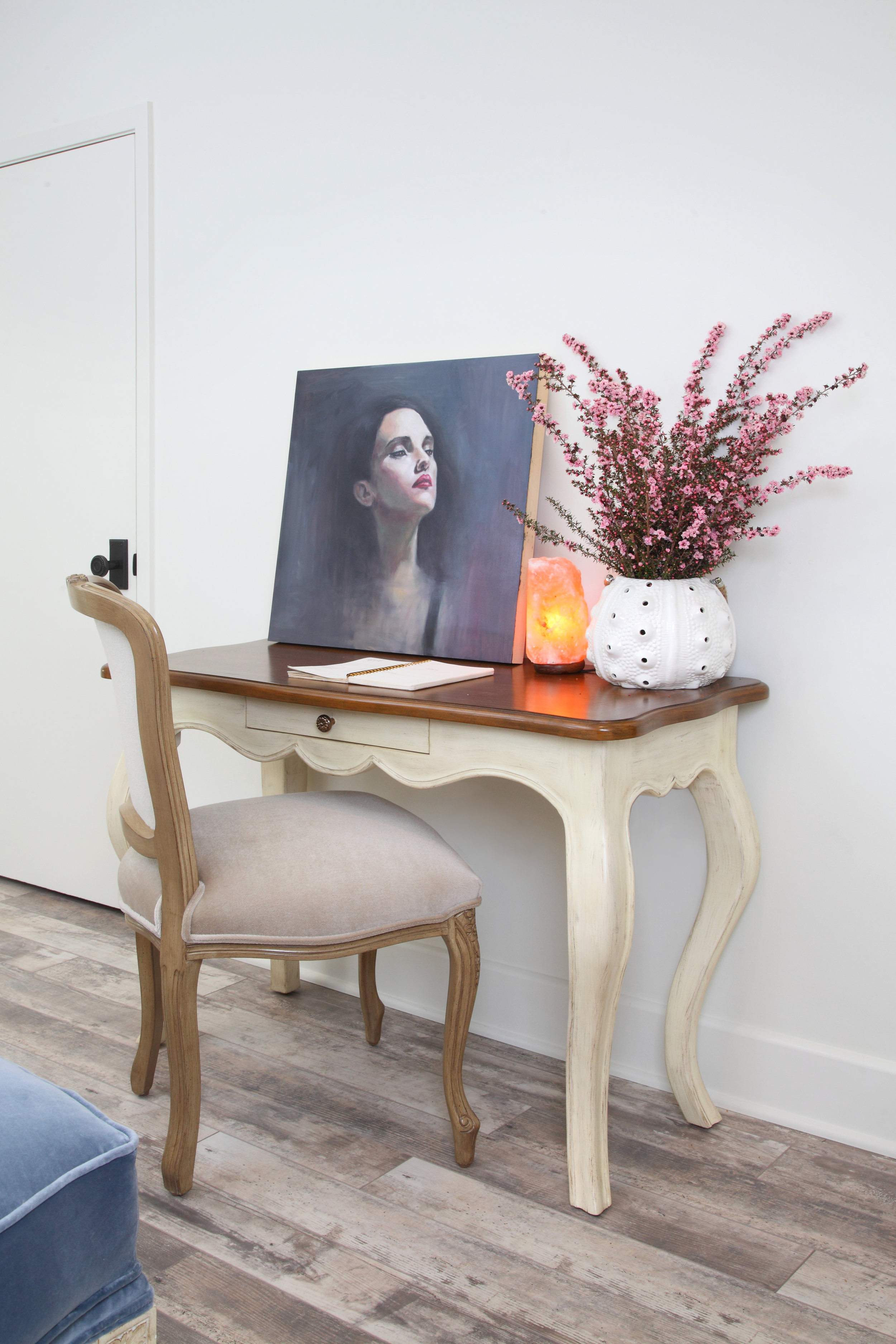Judgement-Free Interior Design: Let's Get Weird!
/Home is a self-portrait of sorts. It’s a collection of who we are, where we’ve been and all the people for which we care. For most of us, our home is a safe space to reveal our style, family history, beliefs, and state of mind and can and should represent who you are in a healthy, useful and enduring way. For many, this is a daunting task. Even creative people find it challenging to craft a beautiful, functional and healthy home that adequately reflects their uniqueness.
The first step is finding a home designer who you are comfortable with, who you can feel safe sharing your needs and aesthetic. It can be hard to let someone into your home to sort through the details of how you live, mainly if your style or needs are not like the cookie-cutter examples in home magazines, but ultimately, allowing an interior designer to know who you are will enable them to enhance your life and lifestyle. It also means that you’re free from the burden of planning the minute details of your own space.
When asked how to begin, interior designer Sarah Barnard explained, “The first step in my design process is always learning about the people with whom I’m working. So, start by being honest. Tell your interior designer the truth about your habits, desires, future hopes and dreams.” Barnard, a Los Angeles based interior designer with a passion for fresh and unique design, is no stranger to special requests. She has designed homes for people who have physical limitations or challenges, pet menageries, tree houses, art and antique collections, vegan kitchens, and with children with special needs, not to mention the occasional adaptive re-use projects, which repurposes an old building for a different function, like a church into a home.
Regardless of your comfort level letting a designer take the reins, it is crucial to bring your situation–including all your challenges, whether that means your grandmother’s China with a questionable aesthetic or a mobility issue that requires a re-design. Asked her about finding and building a feeling of trust with your design team, Barnard said, “In my experience, people often have anxiety about how their home, hobbies or lifestyle might be perceived. Our team is made up of diverse individuals, and we pride ourselves on meeting people where they are. An authentic home has the potential to be truly restorative and inspiring.”
When asked for her favorite unusual design challenge, Barnard laughed and said, “Oh, I’ve heard them all by now. My favorite requests are often incredibly personal ones. We’ve had several clients recently who practiced co-sleeping, for example, the co-mingling of parent’s and children’s bedrooms”. One couple’s oldest child did not have his own bedroom and slept on a separate bed in the homeowners’ primary bedroom. Integrating this request required the melding of different needs and maintaining an elegant adult aesthetic, as well as adequate kid-friendly spaces.
Another client is expecting her first child and desired ultra-healthy materials and furniture that would be safe for her expected family. “She wanted materials safe enough her child could eat them. My team supplied her family with the healthiest and most pure materials available, even giving attention to the dye ingredients in fabrics and the finishes on wood. Ultimately she had a home that was beautiful and that she felt safe in.”
Worry of being perceived as messy can also hold a person back from contacting a designer. It often comes down to a lack of storage options, but for some, it can be a cathartic process to let go of the excess clutter. A significant step as the design process begins is to take stock of what items are most important: what things are no longer useful to you, and what items bring you joy? Getting rid of excess items and furniture can be an enjoyable process and will make room for you to figure out what is precious and meaningful.
For many, part of embracing their unique identity may mean collecting, restoring or displaying treasured items. That should be no surprise–there’s an entire art-form dedicated to this idea: kintsugi is the Japanese art of repairing broken pottery with 24 karat gold. The idea is that instead of throwing away something broken, it can be made whole again, and its scars are proof of its history. It’s past and age are reminders that there’s beauty in experience and what is finite.
Items with some wear and tear show their history, their usefulness, and your love for them as a badge of honor. Allowing them to retain their imperfections is a way of embracing your own. It can be especially meaningful to hold onto the items that you found while traveling or that you were gifted.
Embracing an appreciation for flawed beauty allows you to hone in on the crucial items and create a natural, healthy space. Removing clutter yet holding onto and restoring imperfect, meaningful pieces is a delicate line to walk, but it can bring authenticity and personality to your home.
There are so many unique situations that can be improved by custom, robust design. In some cases that situation may be health or physical limitations, in which case ergonomics may be a reason to ask a designer for help. They can apply universal design principles to ensure your home is comfortable for you and your family. “I’ve had several clients with special requests. One client, aside from being over six feet tall, had multiple knee surgeries that made it difficult to get in and out of chairs. My team researched and commissioned furniture with custom seat heights and dimensions to make it easier for him to get up and down.”
“It’s not all unusual requests. Sometimes the client needs something super personal that they feel unsure how to handle themselves.” Barnard described a pair of clients who were married and in their late 60s, living with one of their mothers, in her late 80s. “They wanted her close by so they could look after her, but then she also wanted her independence. The solution was creating a separate wing in their home; we essentially created a suite inside their home that included a primary bedroom, sitting room, and bathroom, but it was all closed off by a door from the rest of the house.”
When asked how involved one needs to be in the home design process Barnard said, “Every designer is different, but I let my clients be involved if they choose. Many prefer to live their lives and allow my team to handle things, but sometimes people prefer to have a more active part in the process. There’s no wrong way.” A designer who will listen to your needs and create a custom, personal space that fits your particular point of view is best.
Asked for unique requests, or something fitting the free and uninhibited side of Los Angeles, Barnard recalled, “One client who was a pilot wanted us to design a space resembling the interior of a plane. More than one client has asked us to make their home resemble the set of their favorite shows: The Crown, Game of Thrones, and Mad Men to name a few.”
Barnard added, “newlyweds are always fun to work with. They are just starting together, and they haven’t figured out how to merge their styles and possessions yet.” Couples just starting or moving to a new city can benefit from the direction of an interior designer, particularly if the couple has very different styles or collections to merge.
An enduring aesthetic and lasting materials are an indicator of a good interior designer. Barnard explained, “Lately I’ve encountered clients asking for ‘bulletproof’ furniture and finishes. I think this comes from a few places. There are so many furniture lines available to the general public now who make (basically) disposable furniture, and so often clients expect that furniture isn’t made to last. Furthermore, people don’t want to sacrifice luxury just because they have children or pets. I find it worthwhile to take the time to explain that pieces with quality materials and craftsmanship will last virtually forever with proper care.” Learning proper adequate care is a perk of working with a qualified designer. Even a carefree man cave can integrate coasters with a favorite sports team to protect finishes on furniture.
It’s important to remember that homes featured in books and magazines are chosen for their mass appeal. Your home can be a testament to your unique hobbies, interests, and passions. Your home should enhance your lifestyle and express your uniqueness. “Form truly follows function. My work is centered on health and happiness. If there is anything we can do to help our clients live better, we will do it.”
No matter who you are—collector, vegan, expectant mother, newlywed, artist, a person with special needs, pet owner—your lifestyle can be enhanced by good home design. An interior designer can help you choose the essential pieces you own to feature, plan for your growing family, art collection or future health, and design the perfect enduring and custom space for your unique style and situation.
Sarah Barnard designs healthy, happy, personalized spaces that are deeply connected to nature and art.
To learn more about Sarah Barnard Design, please visit www.SarahBarnard.com.
Photos by Abigail Siniscal, Brad Nicol, Steven Dewall, Chas Metivier




